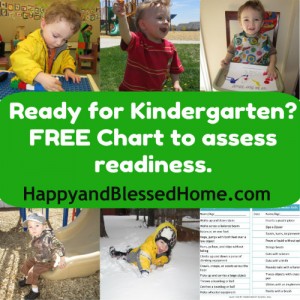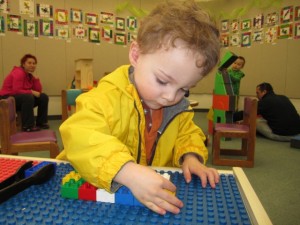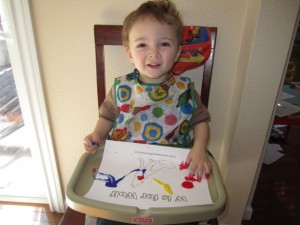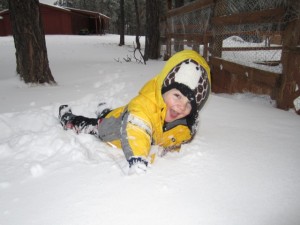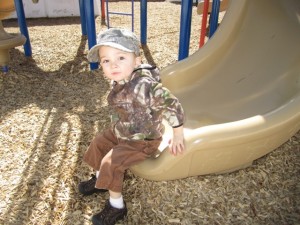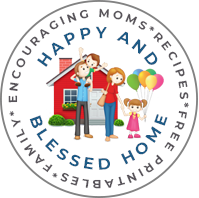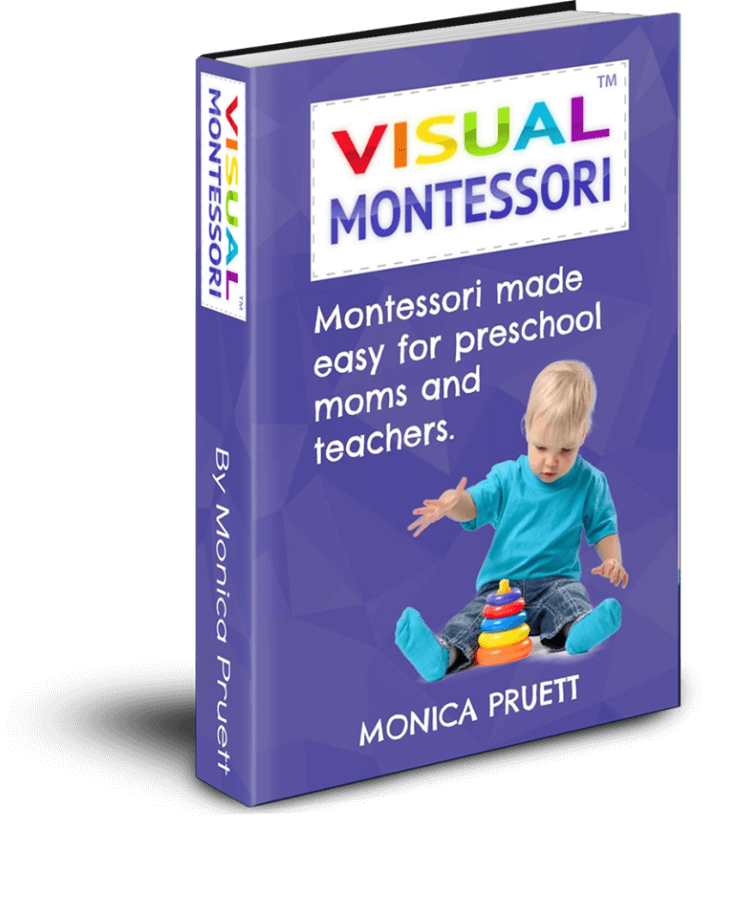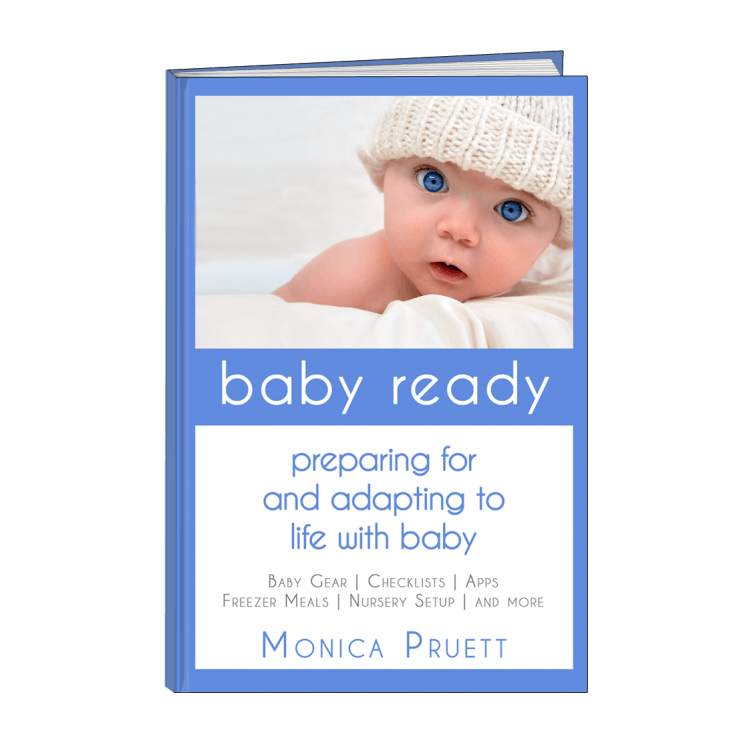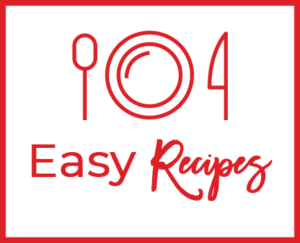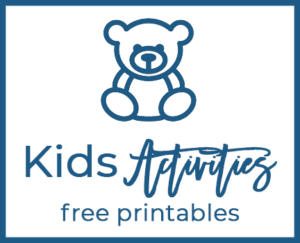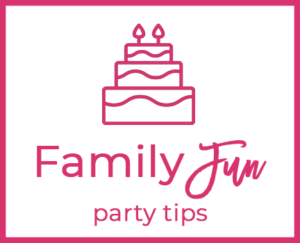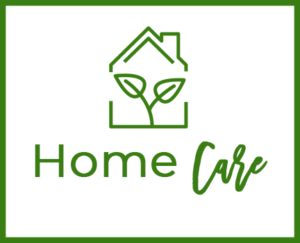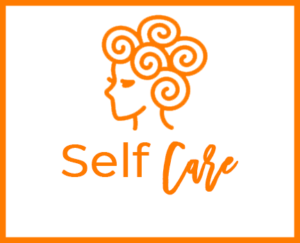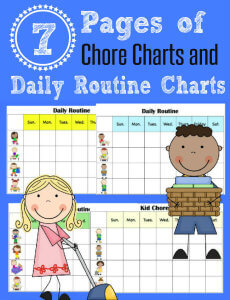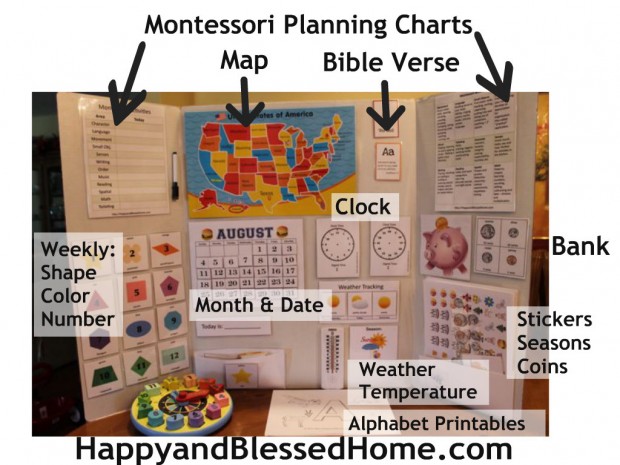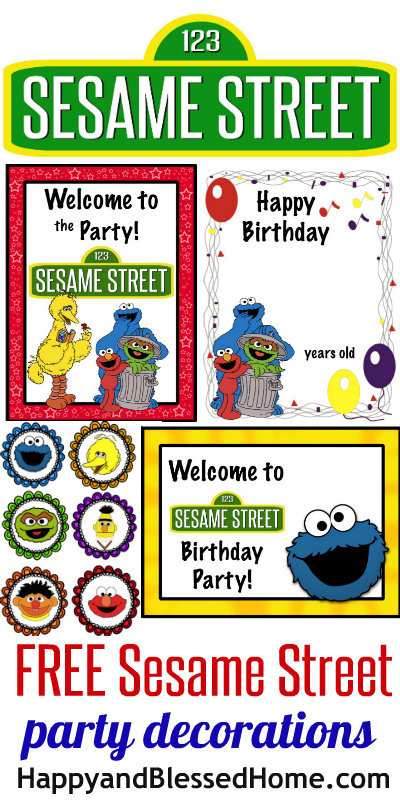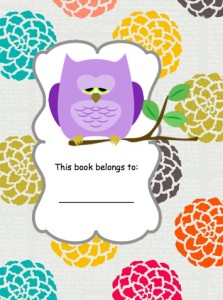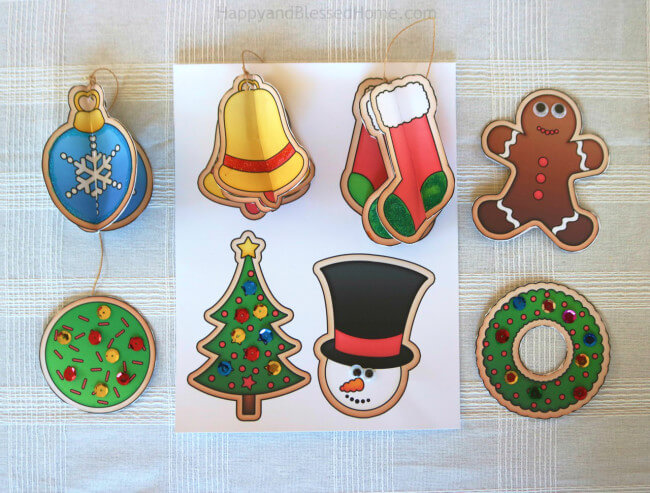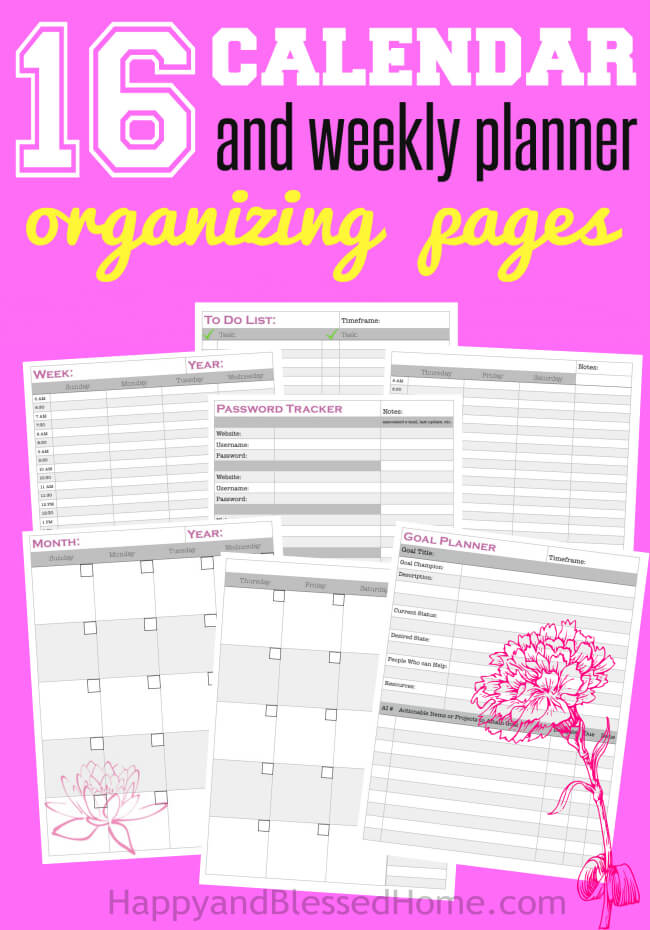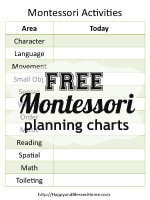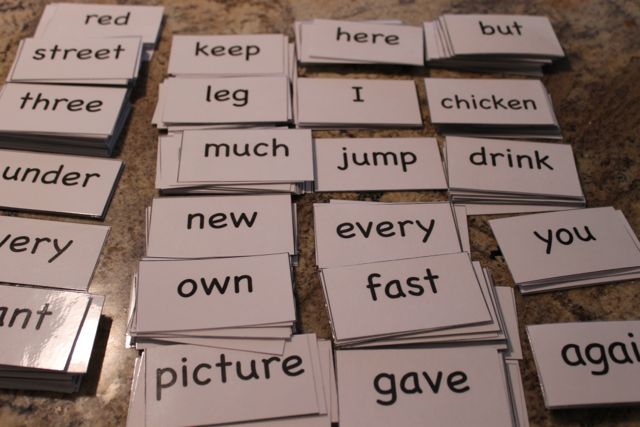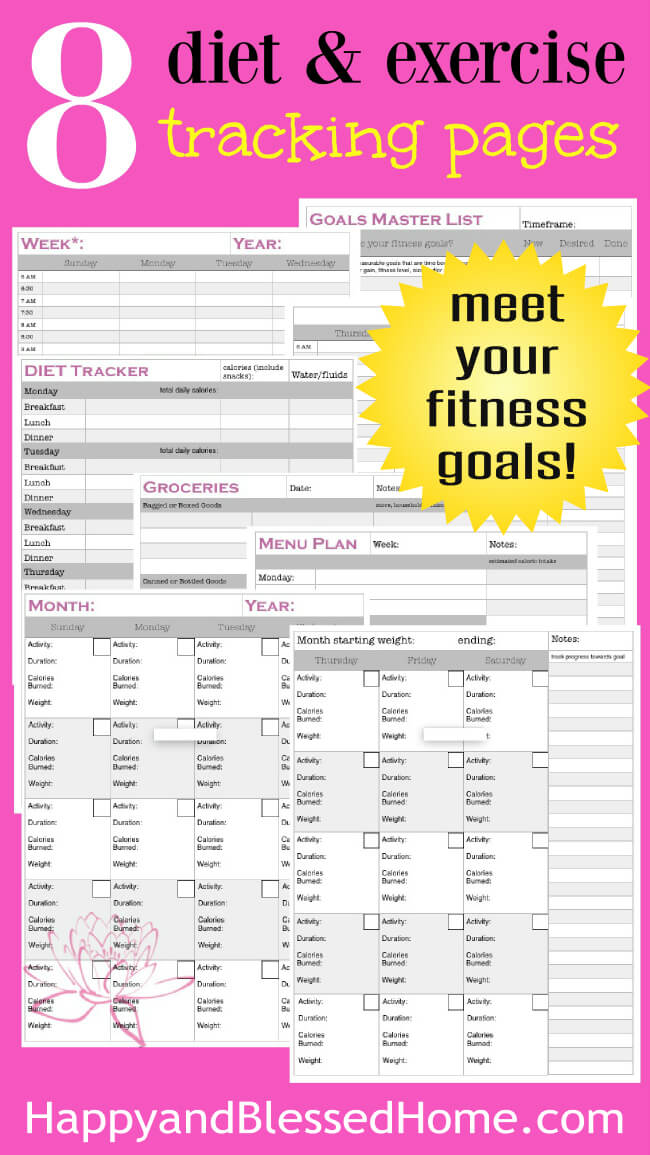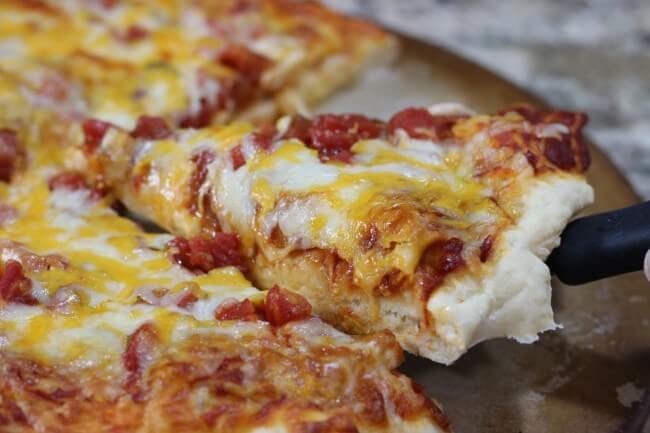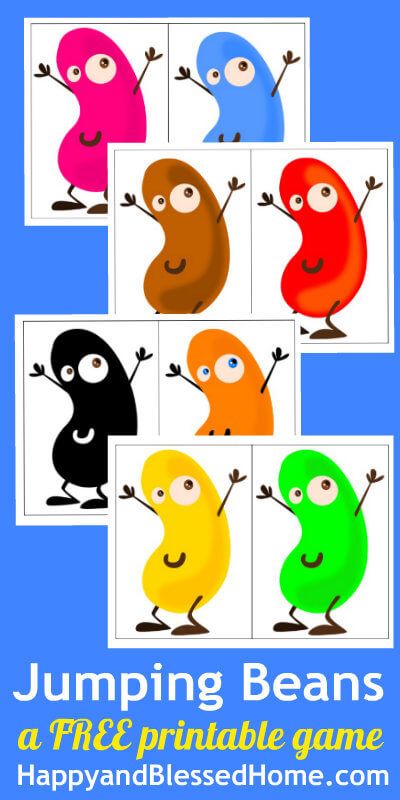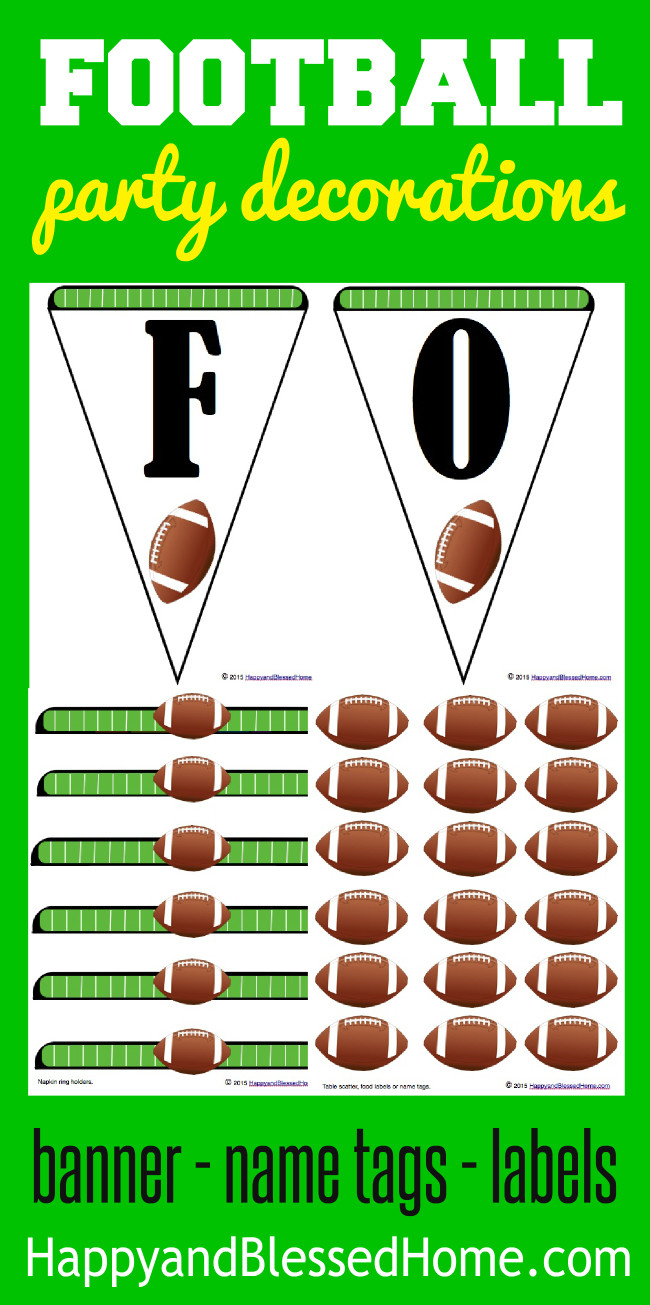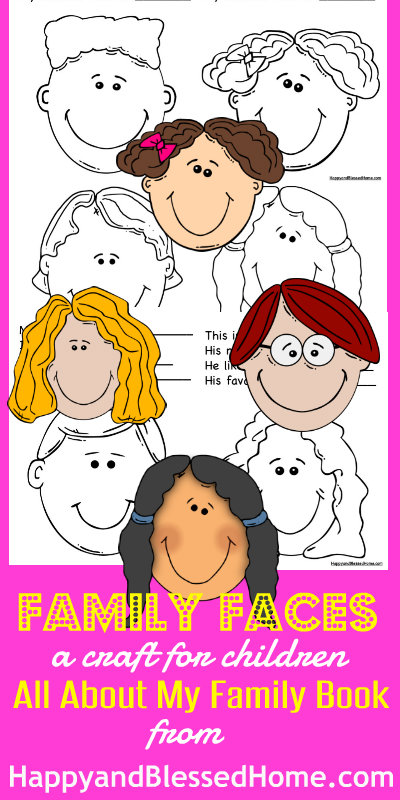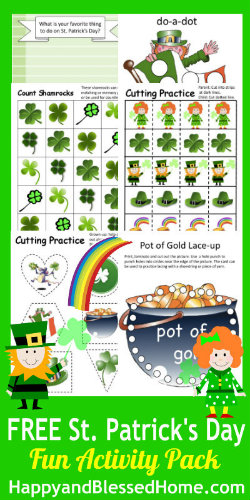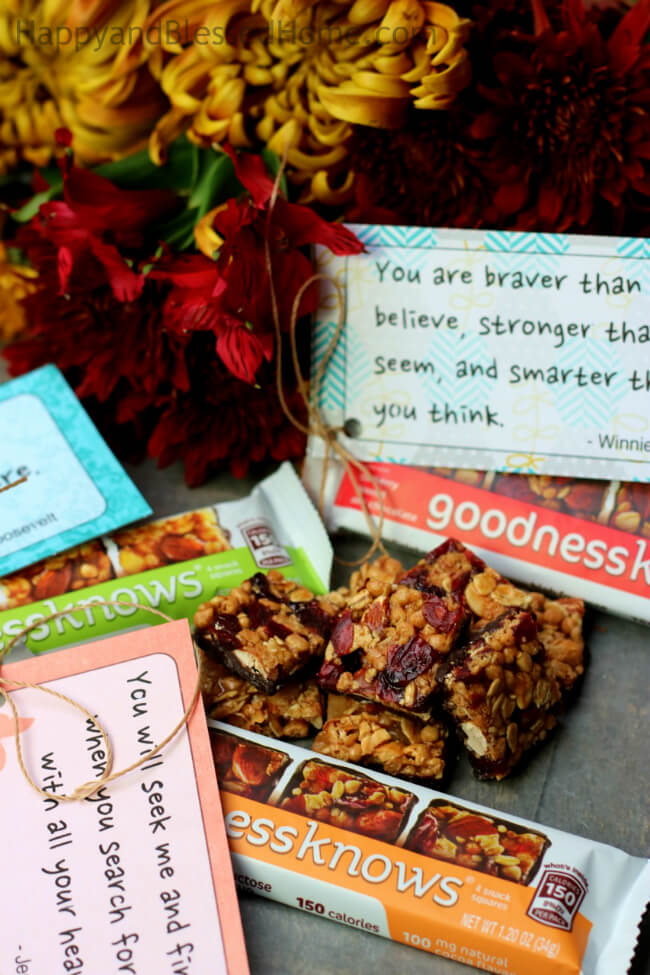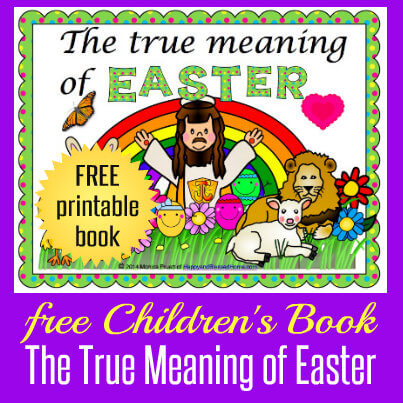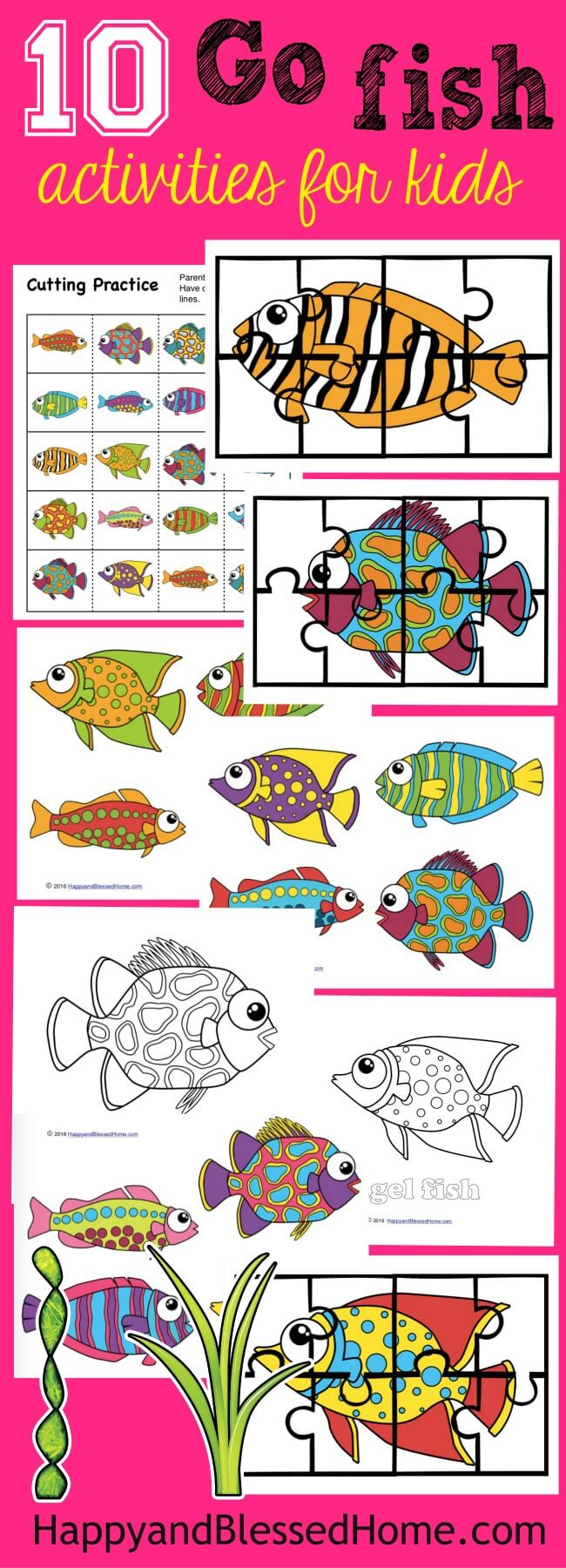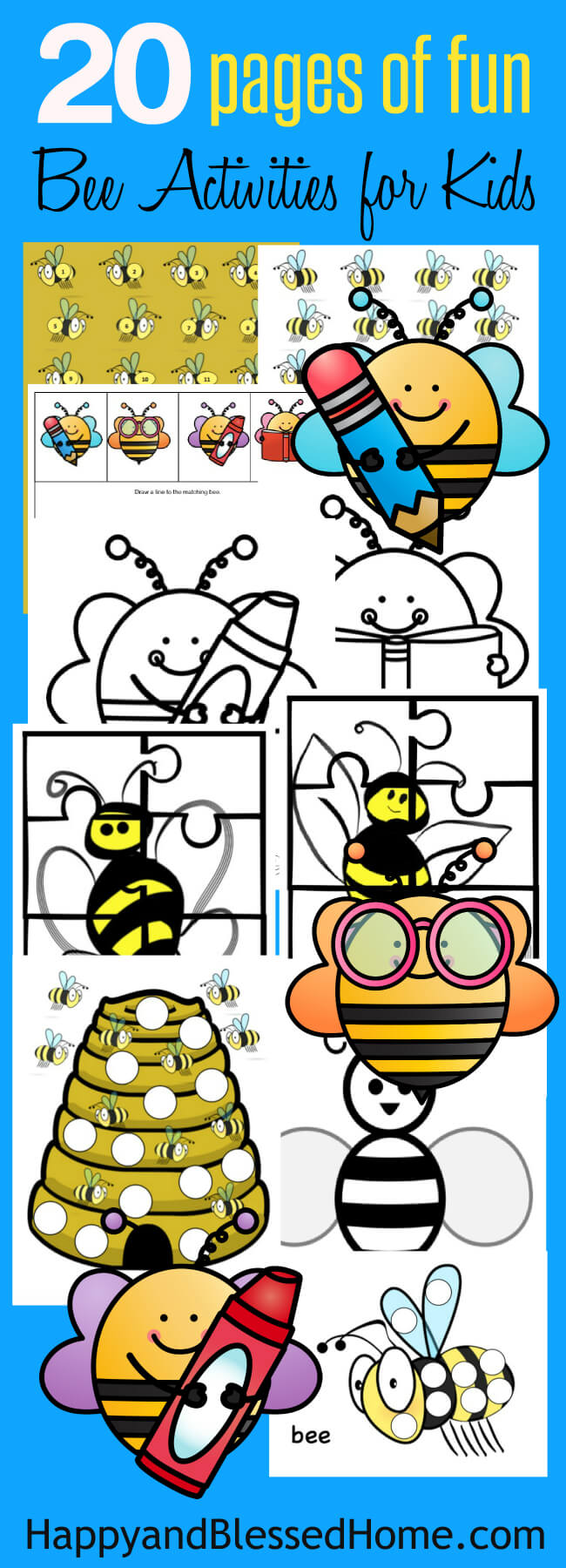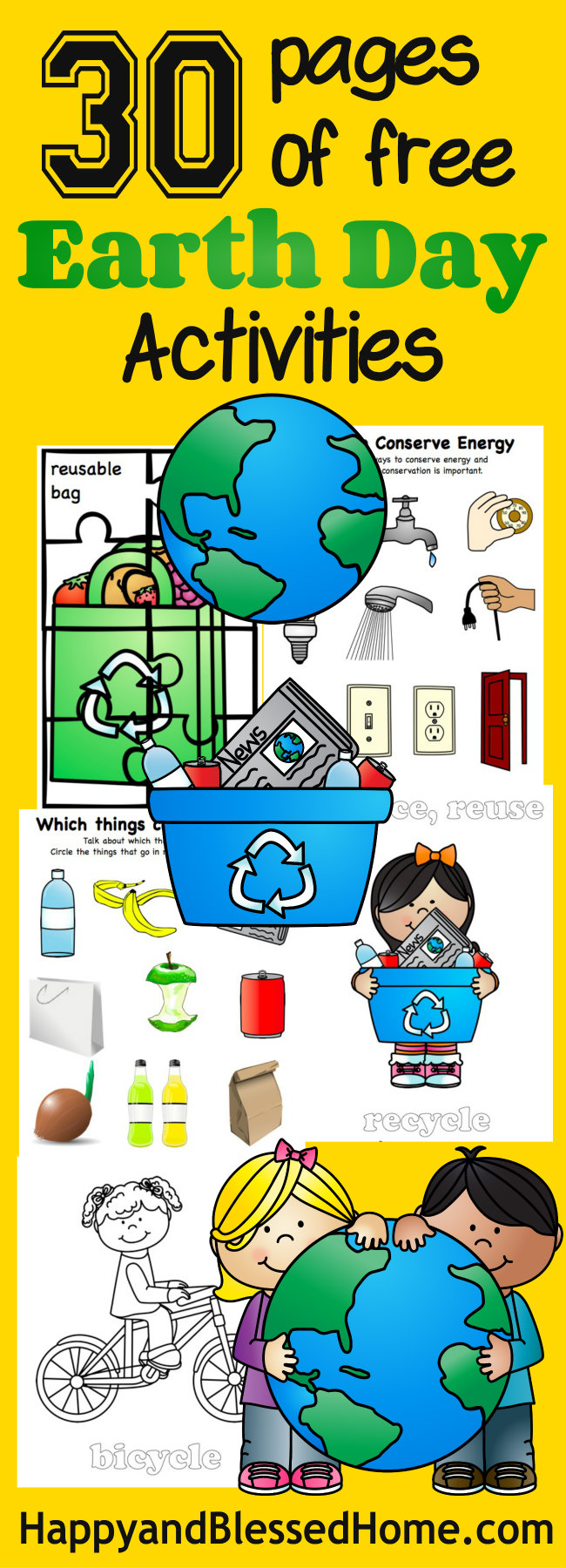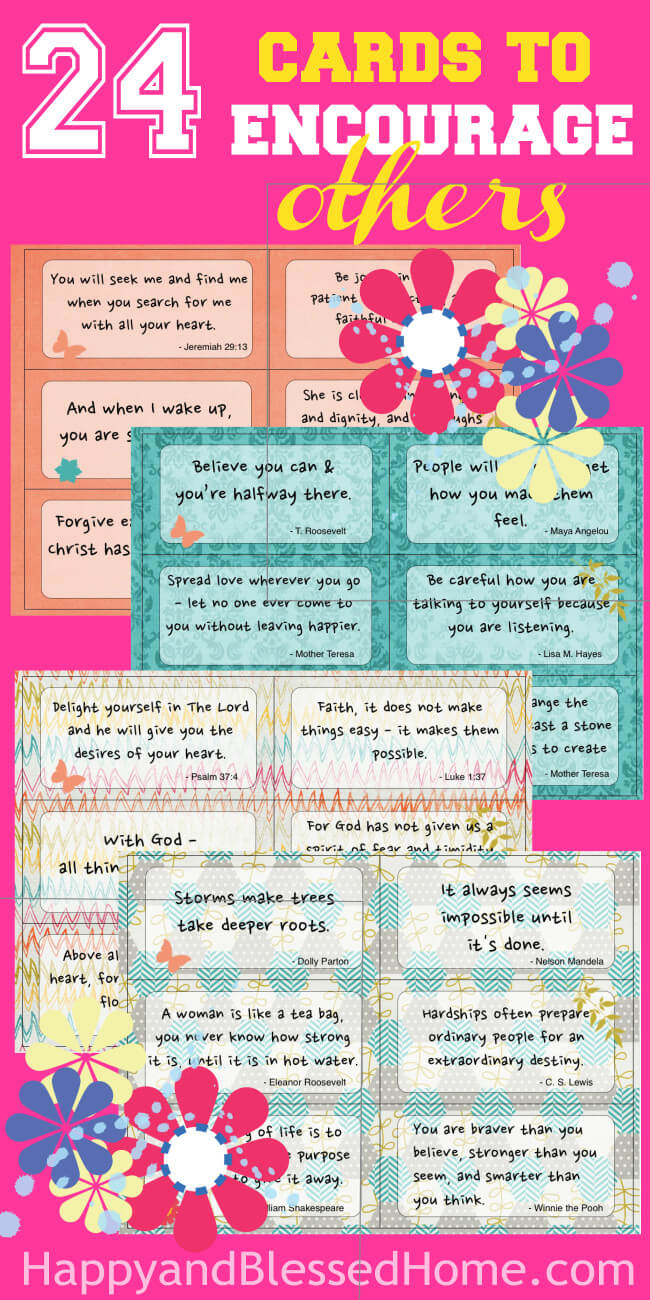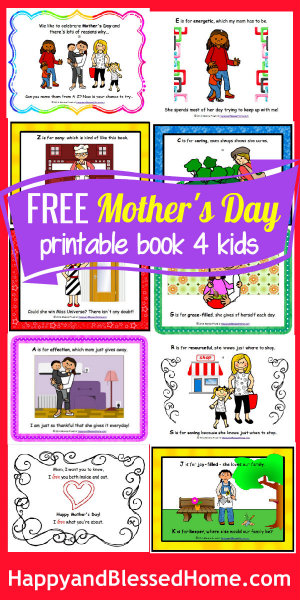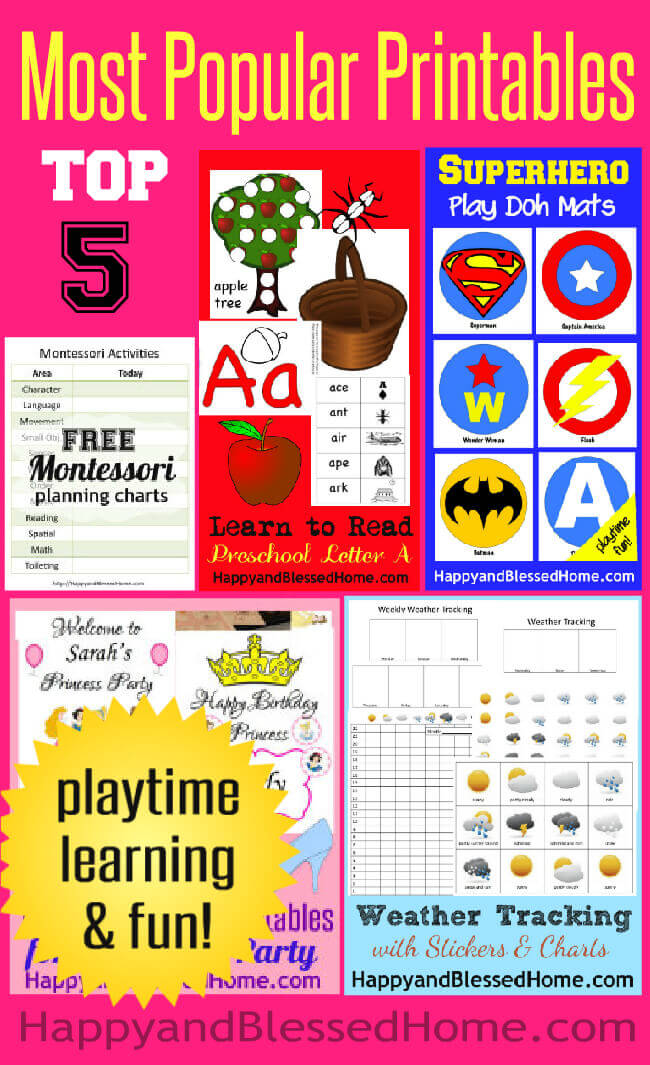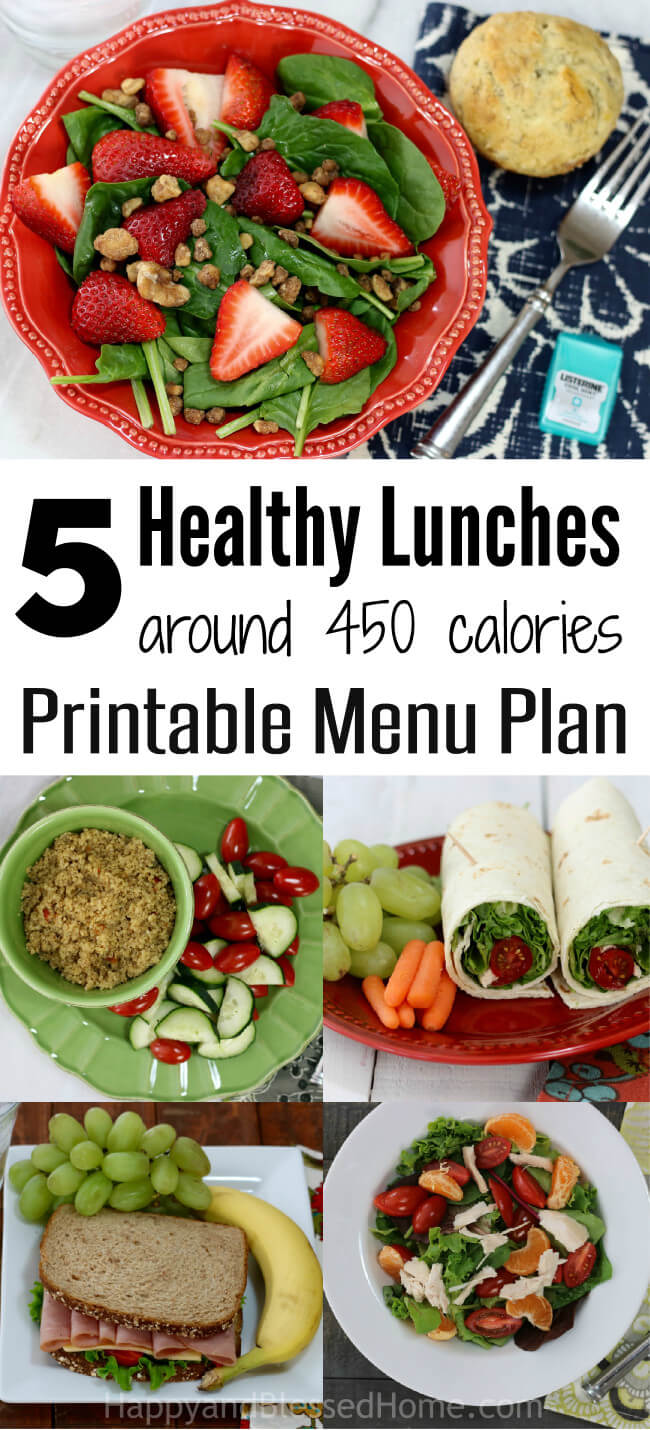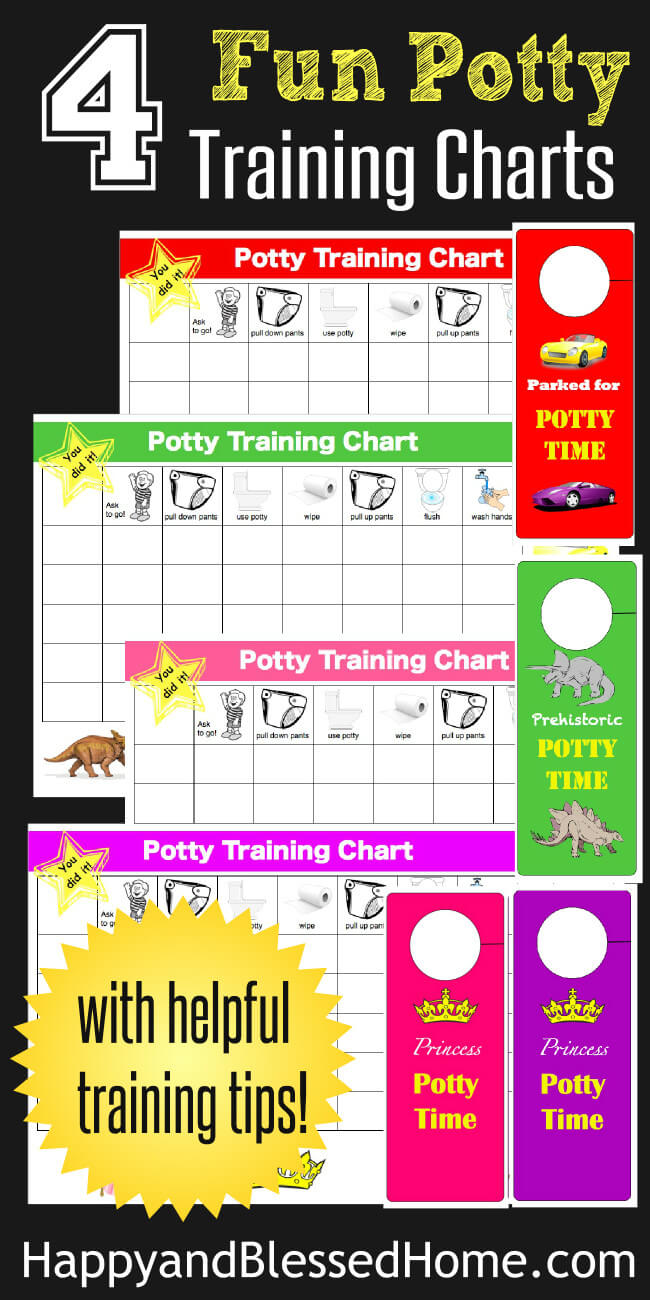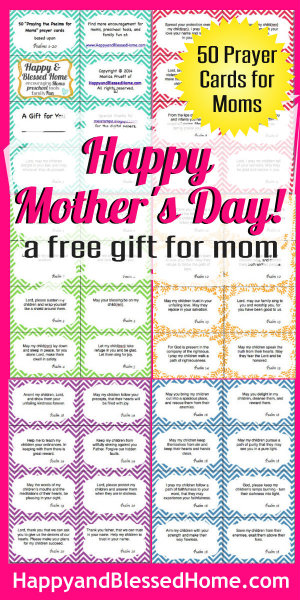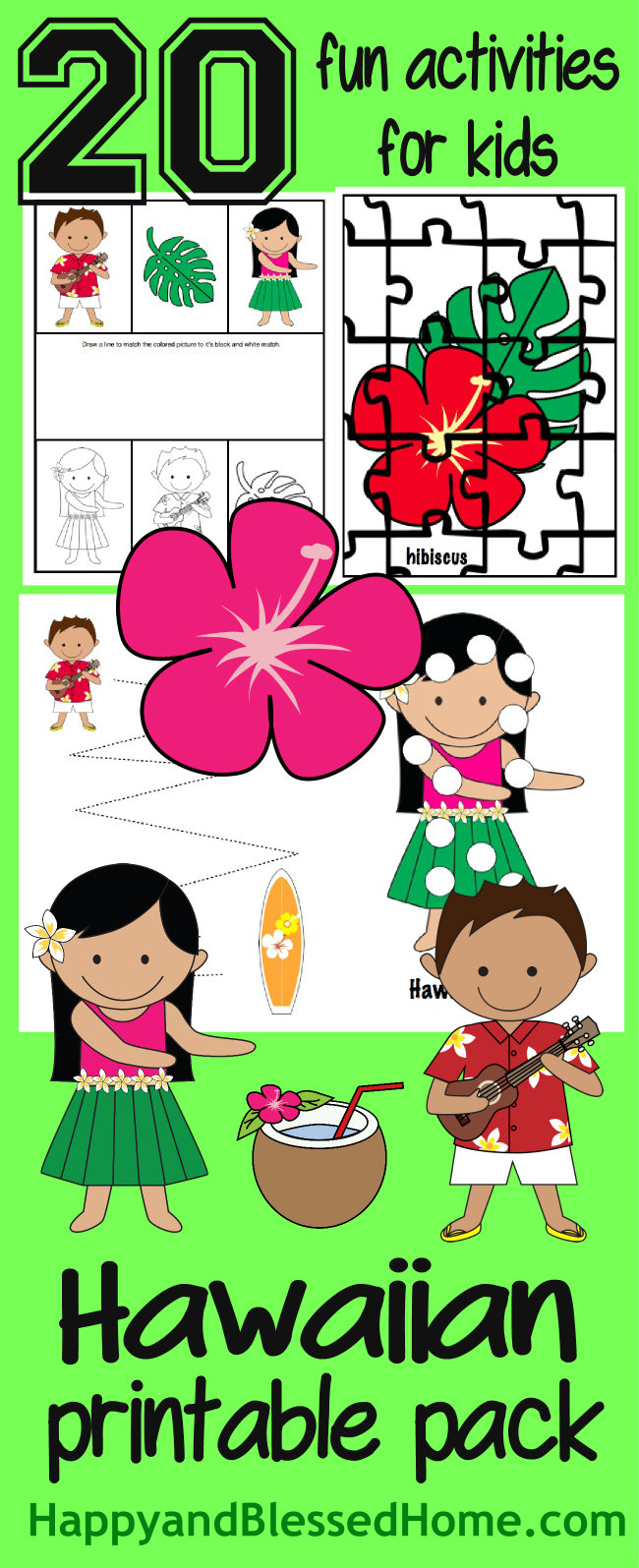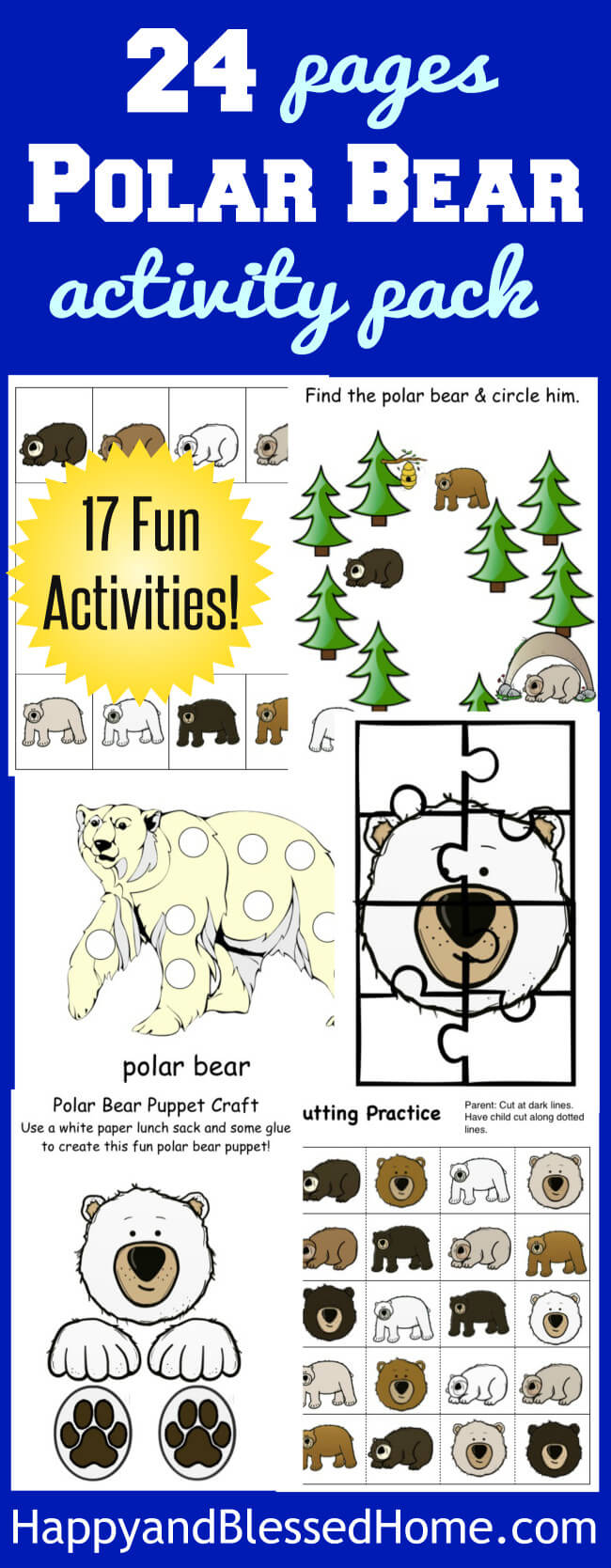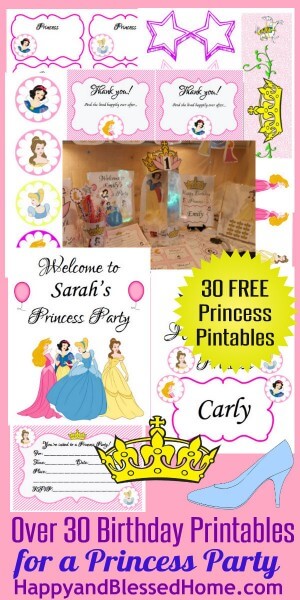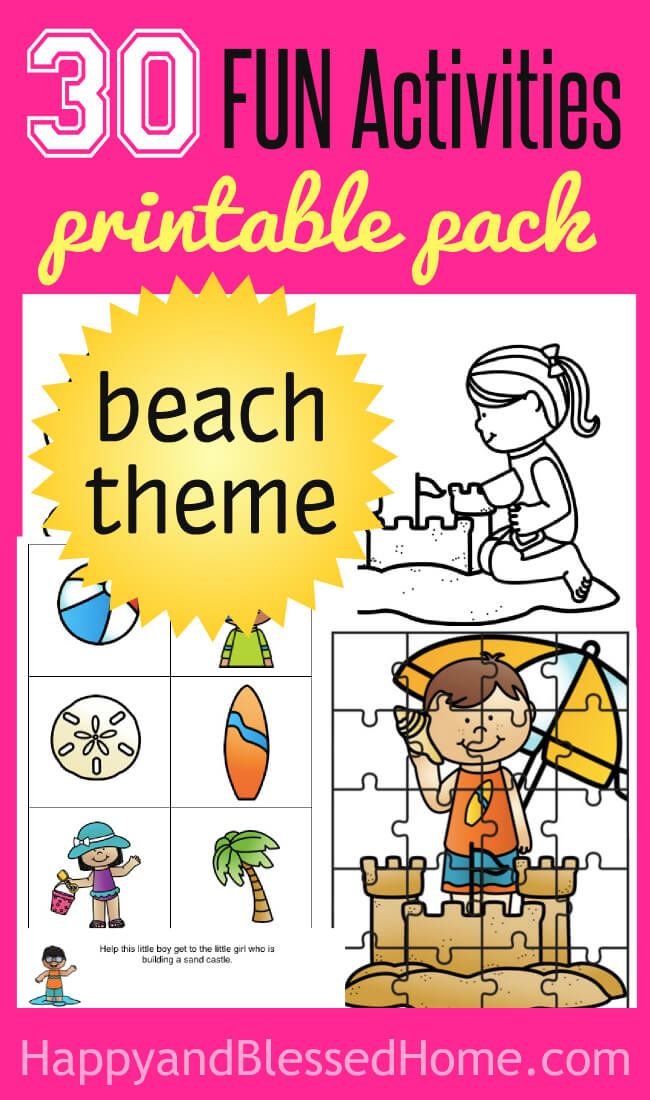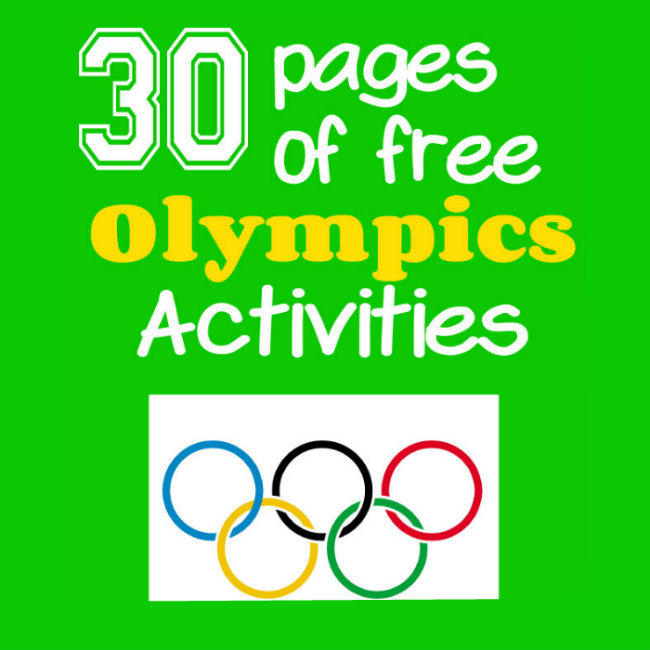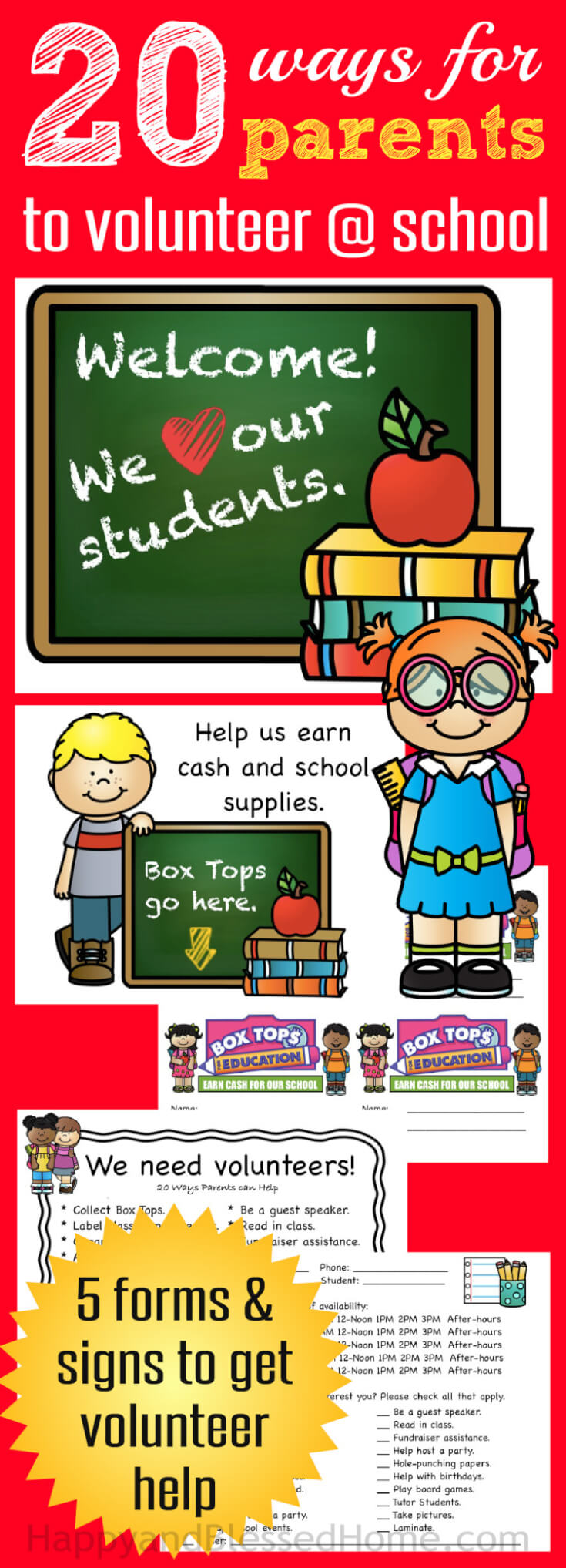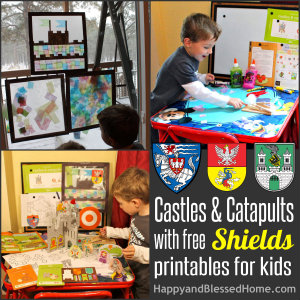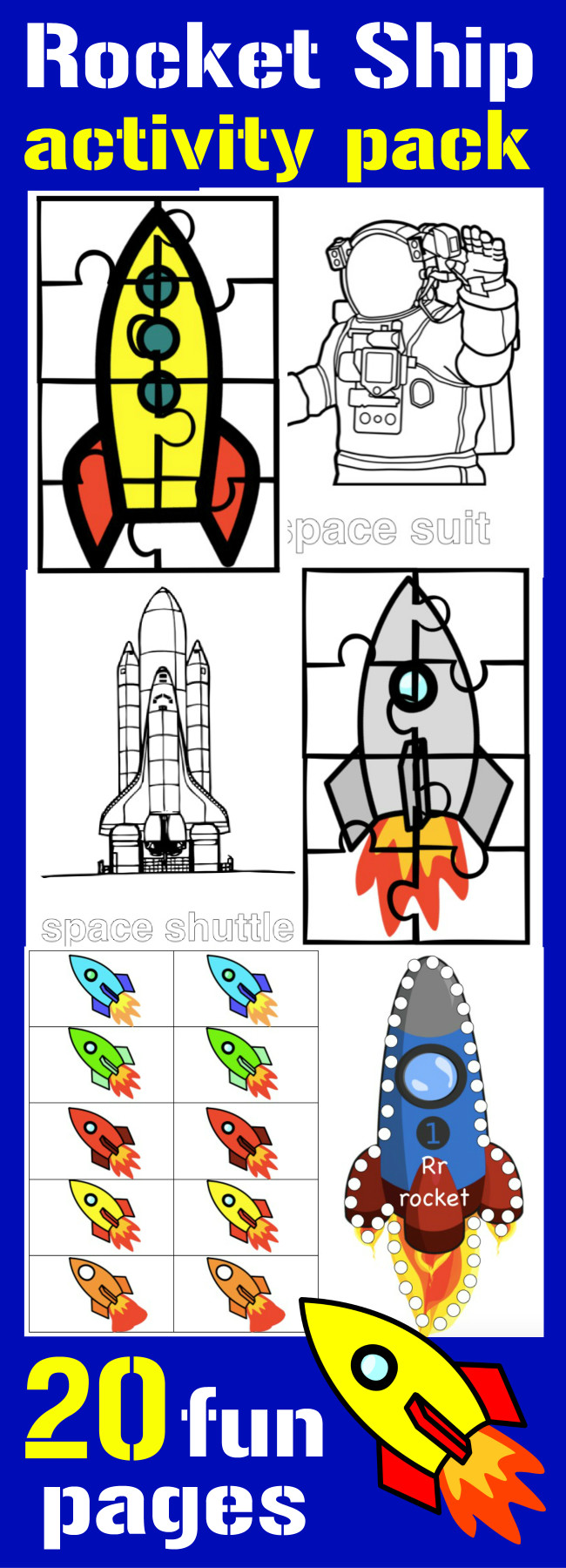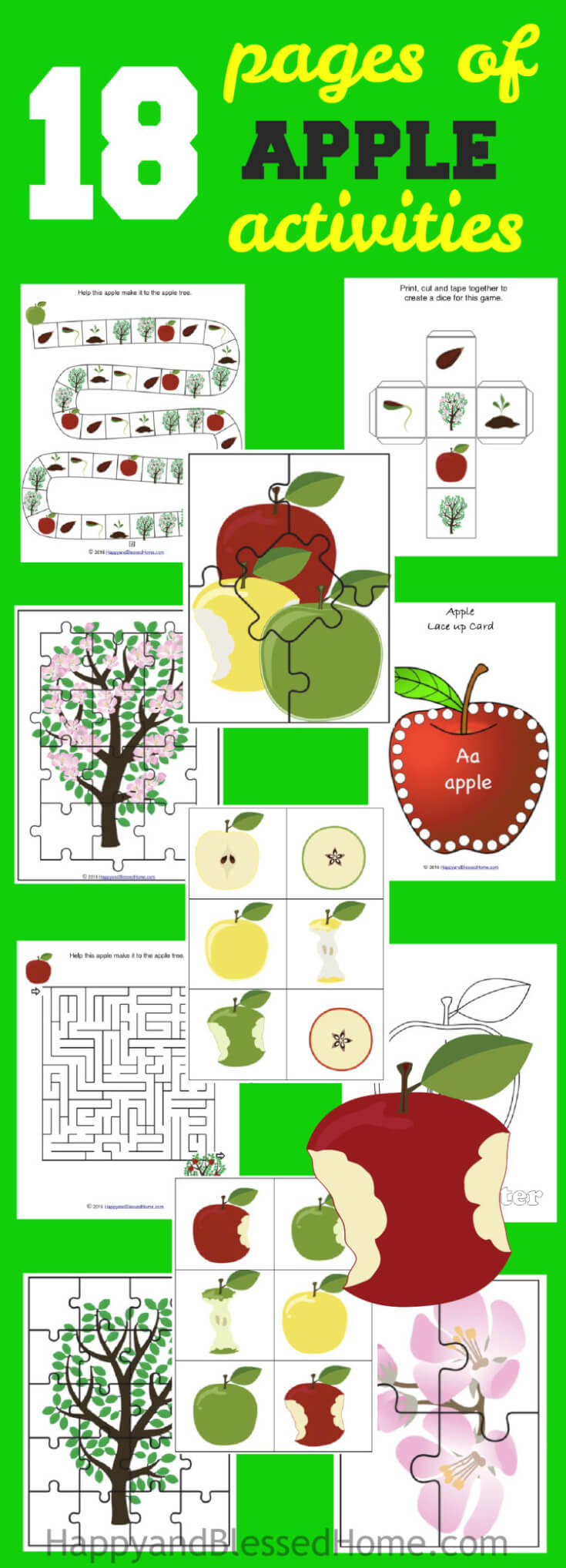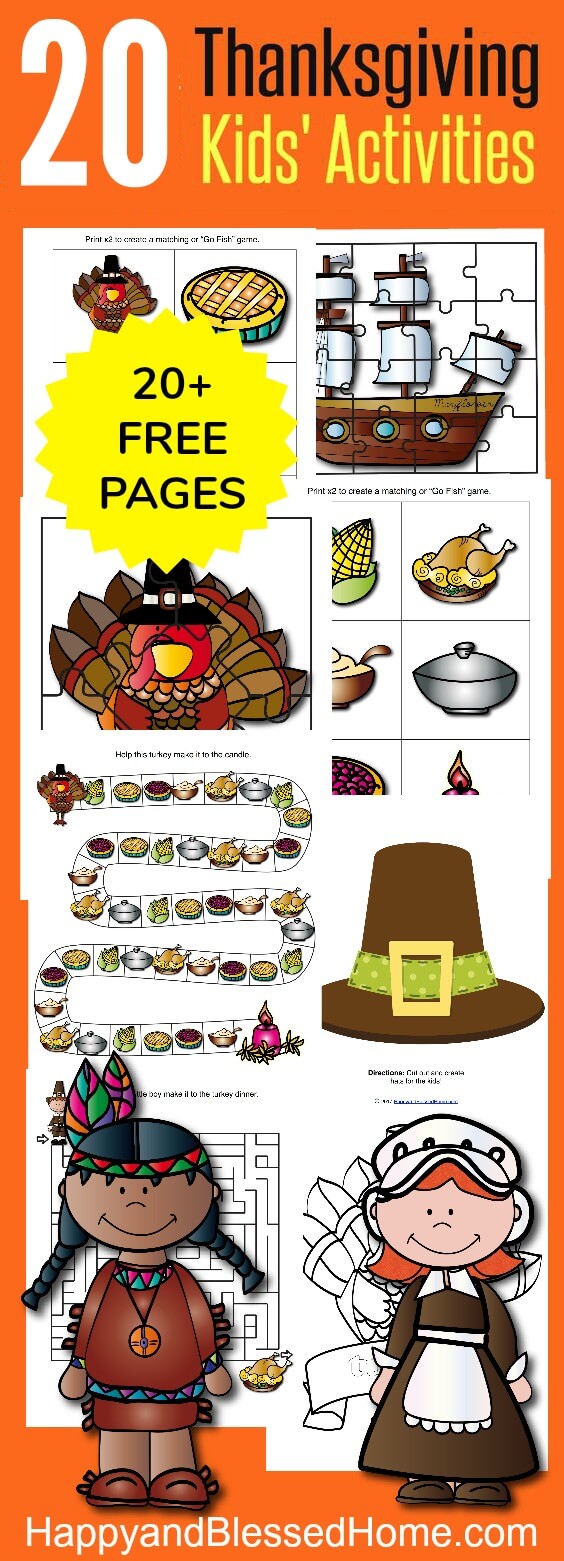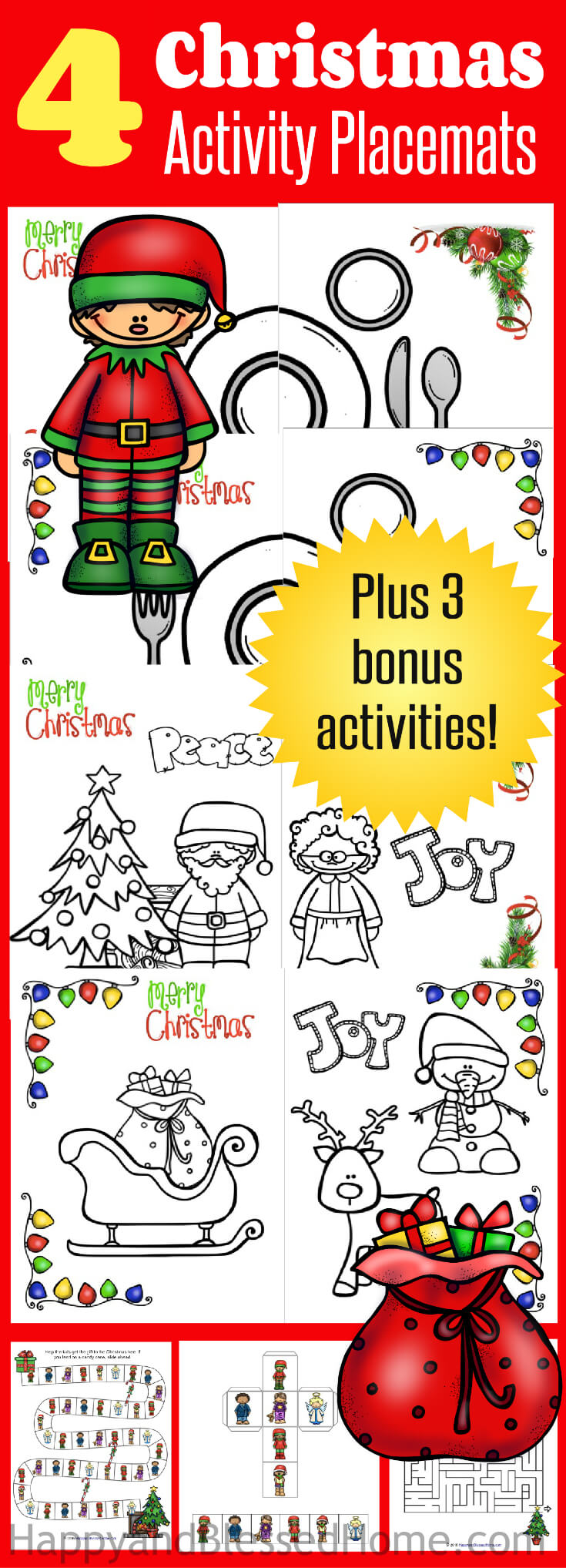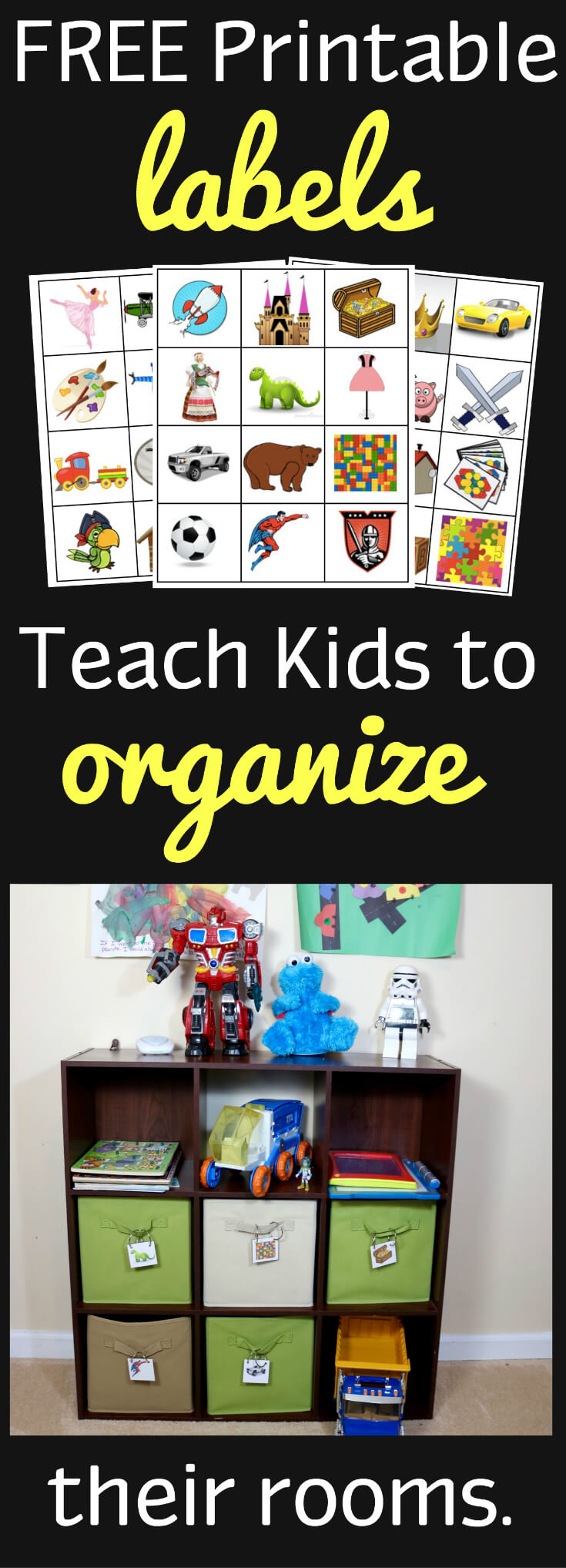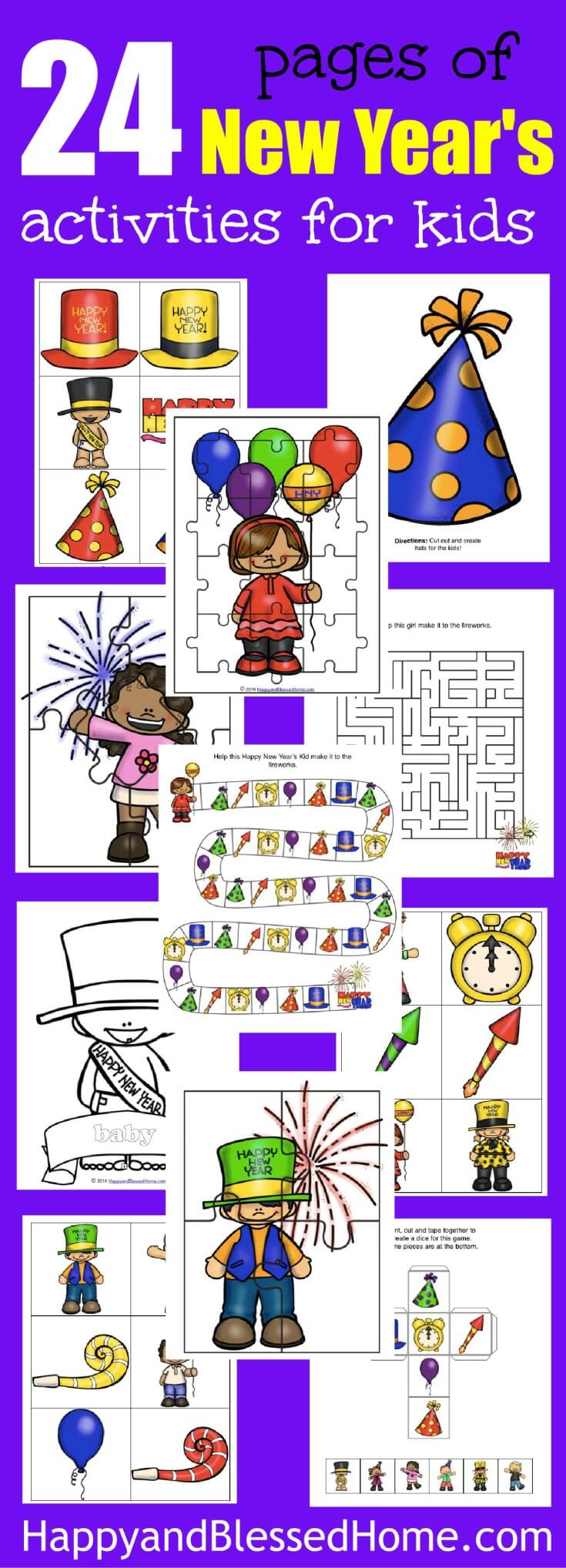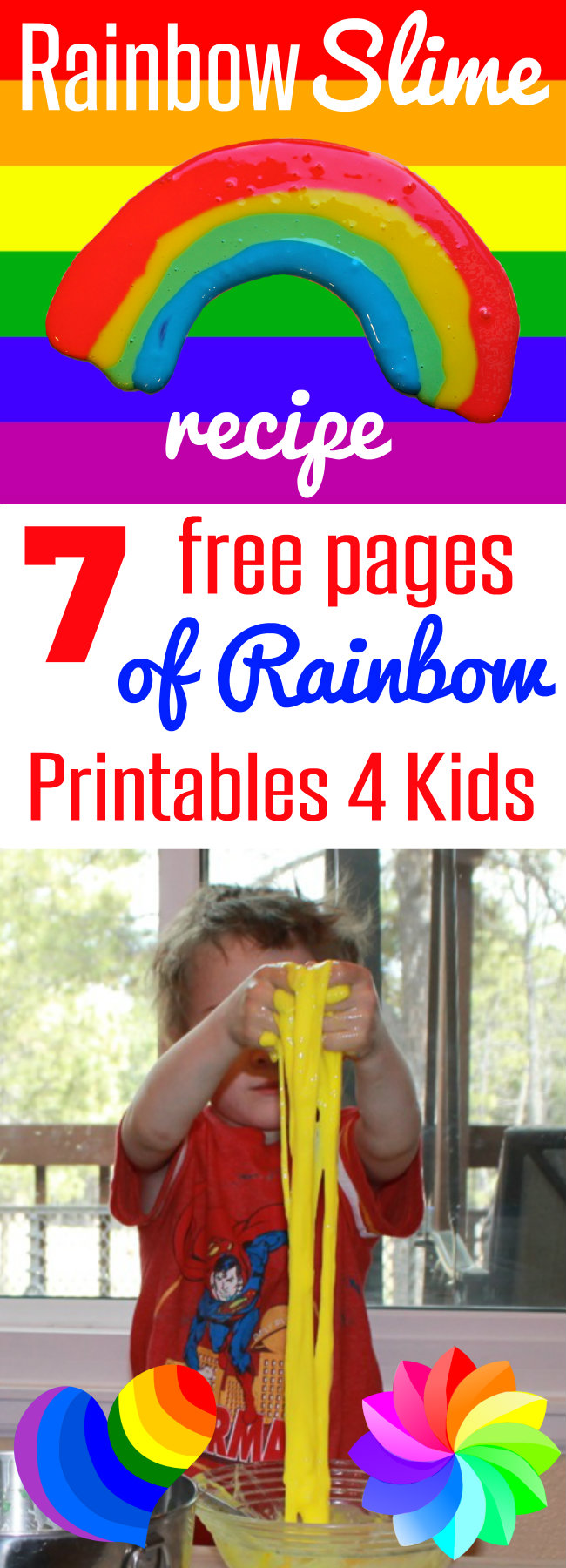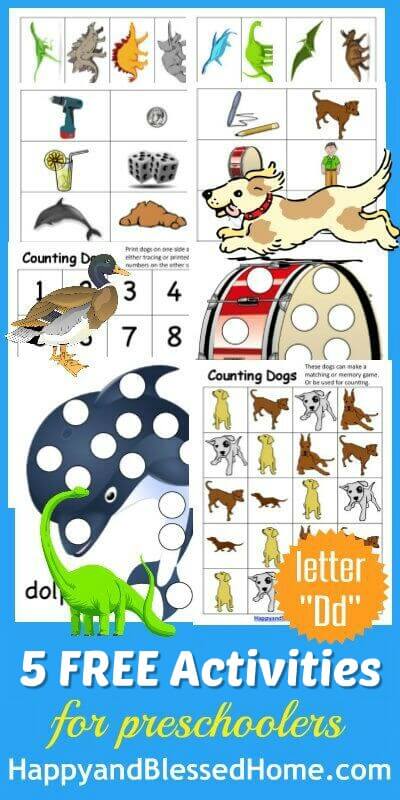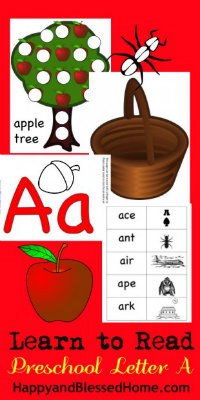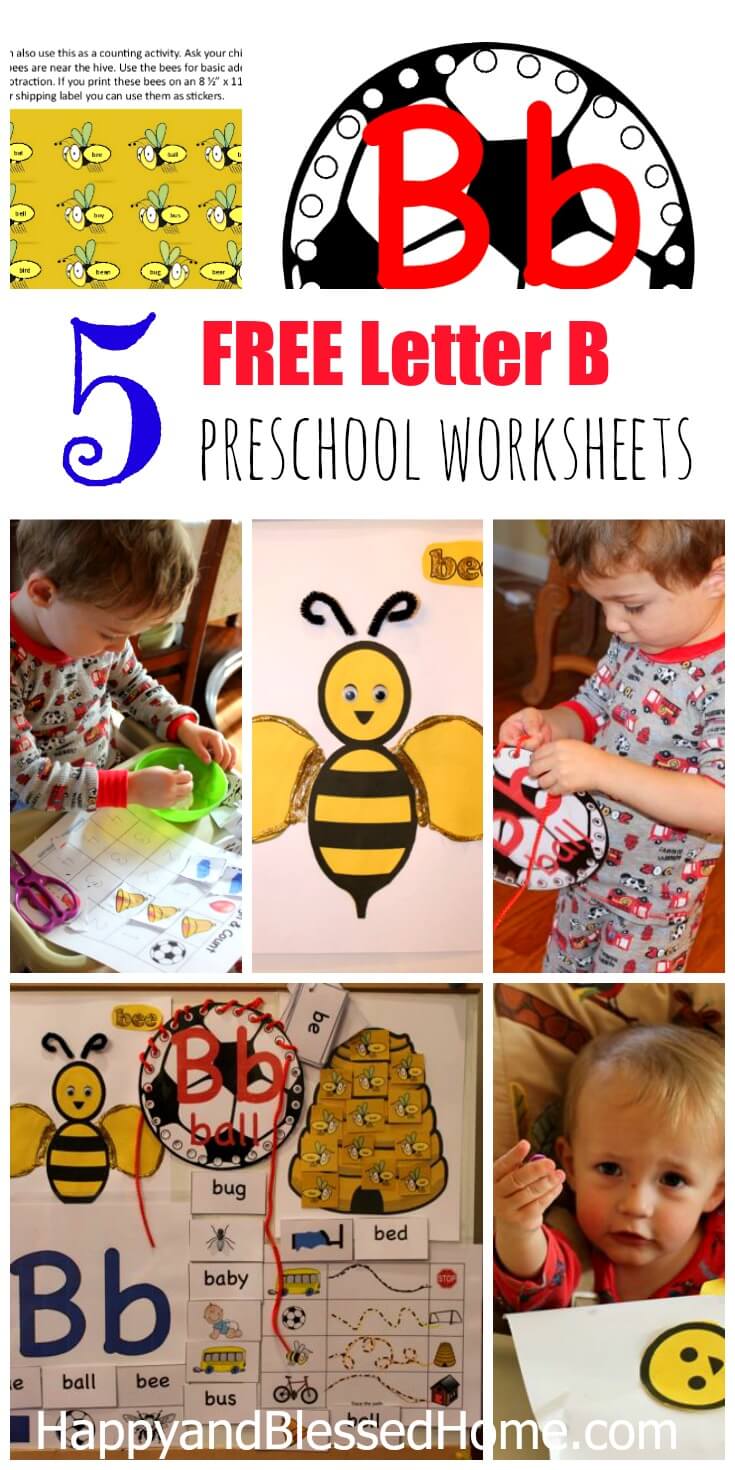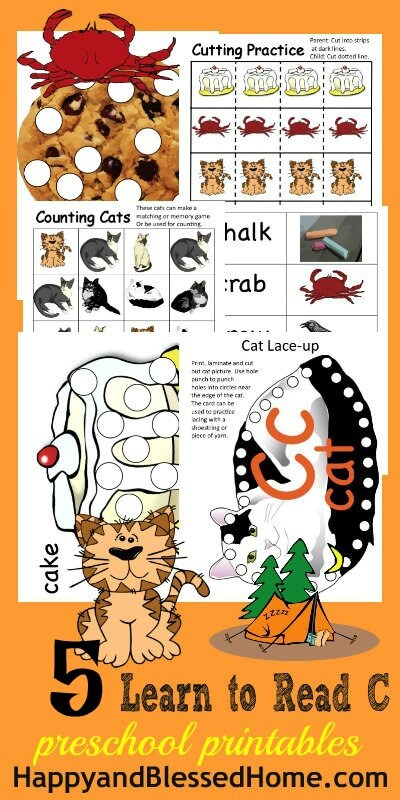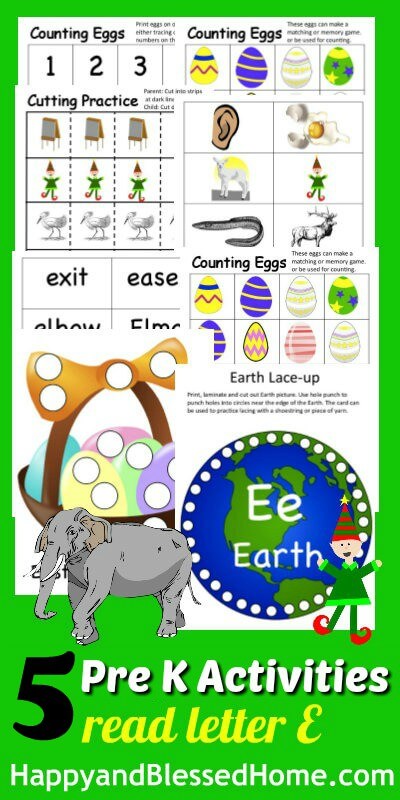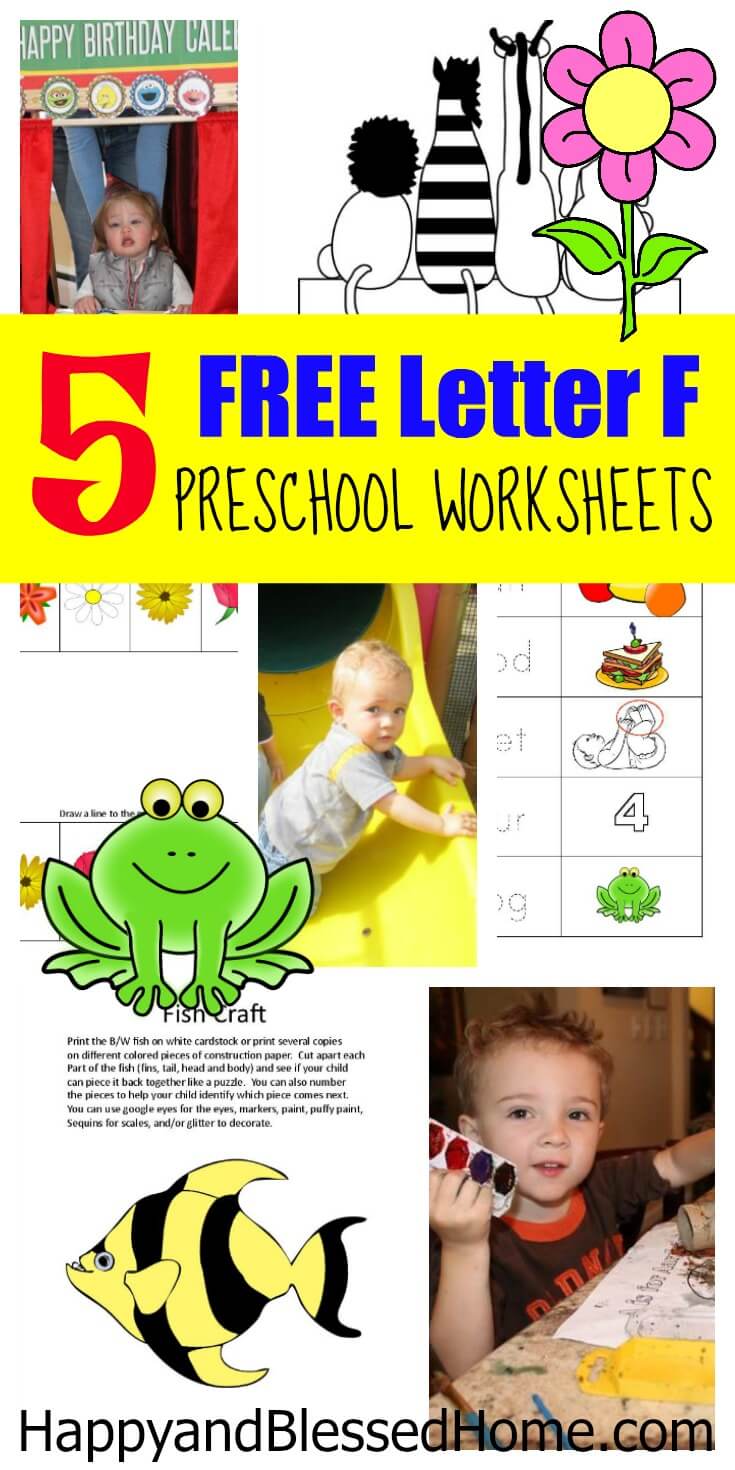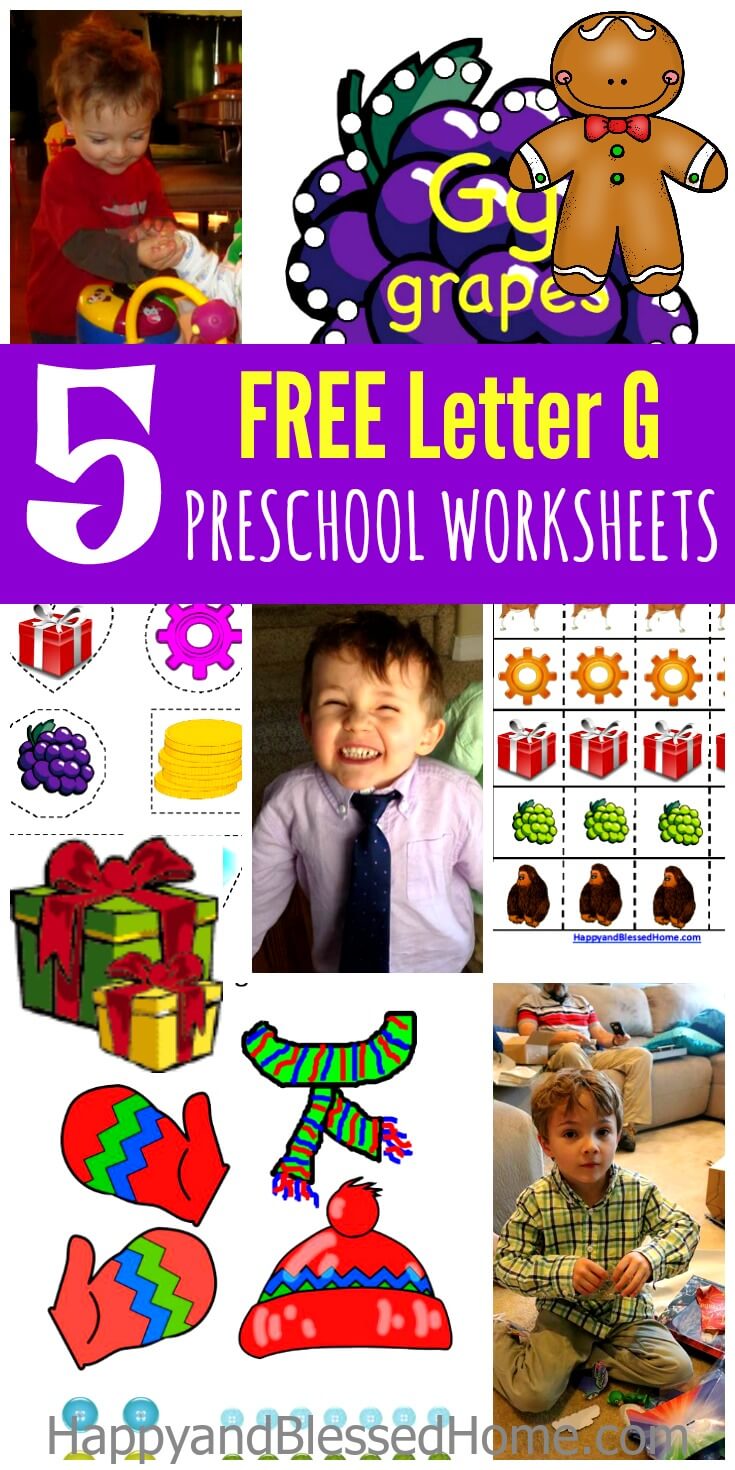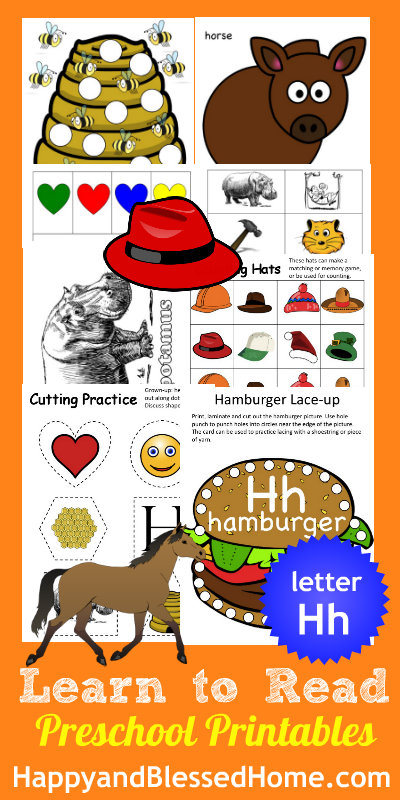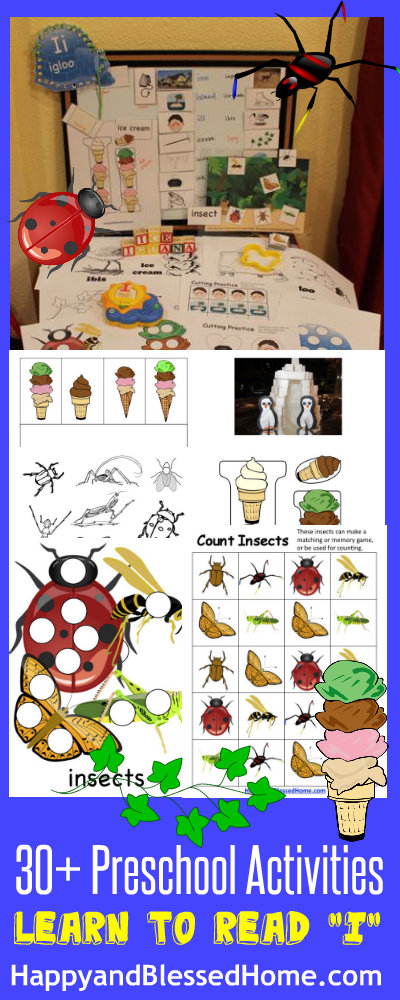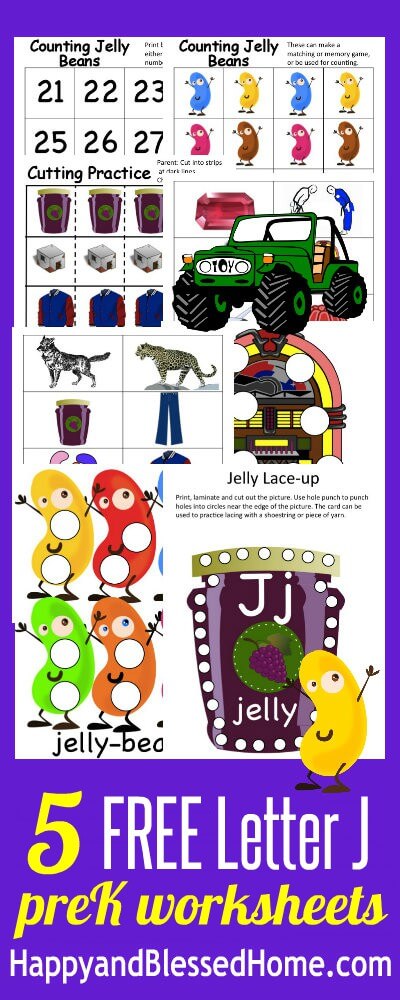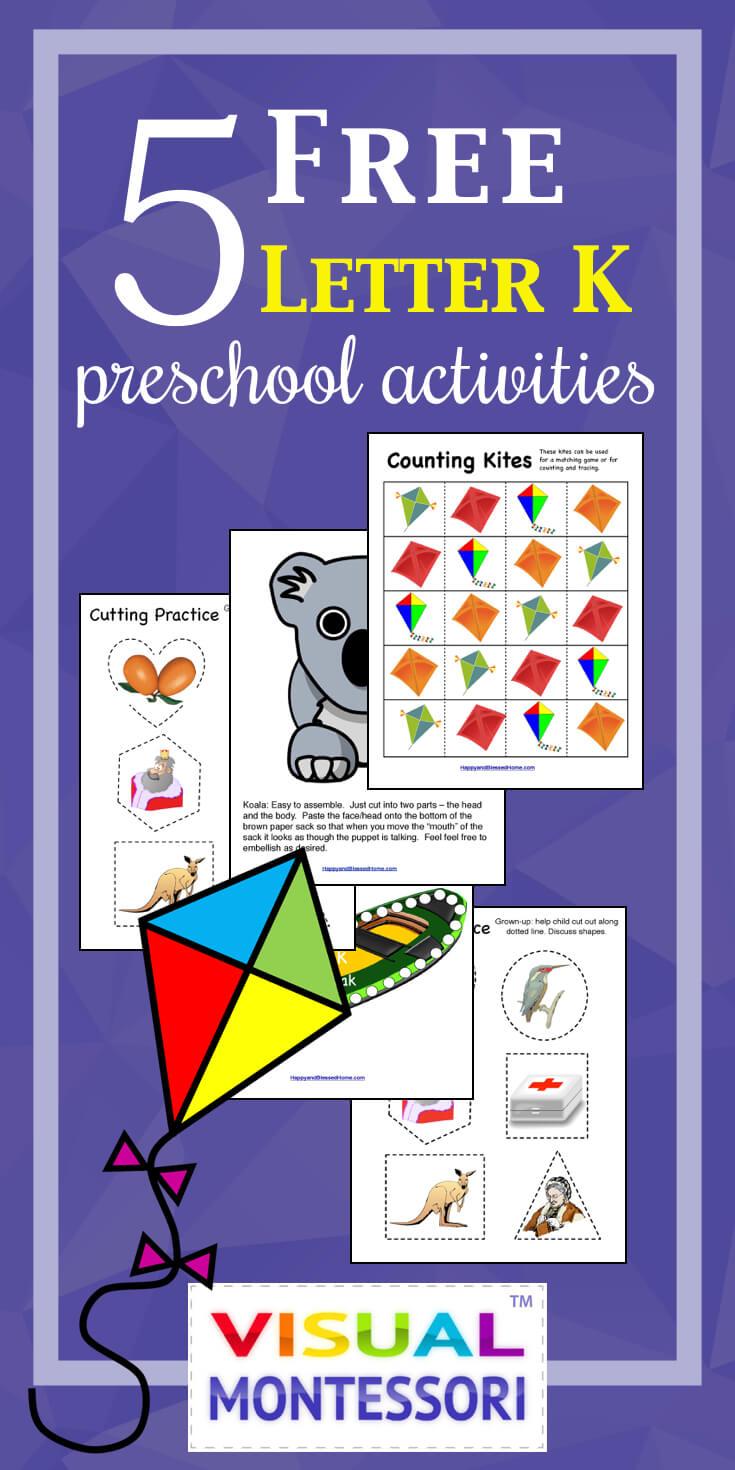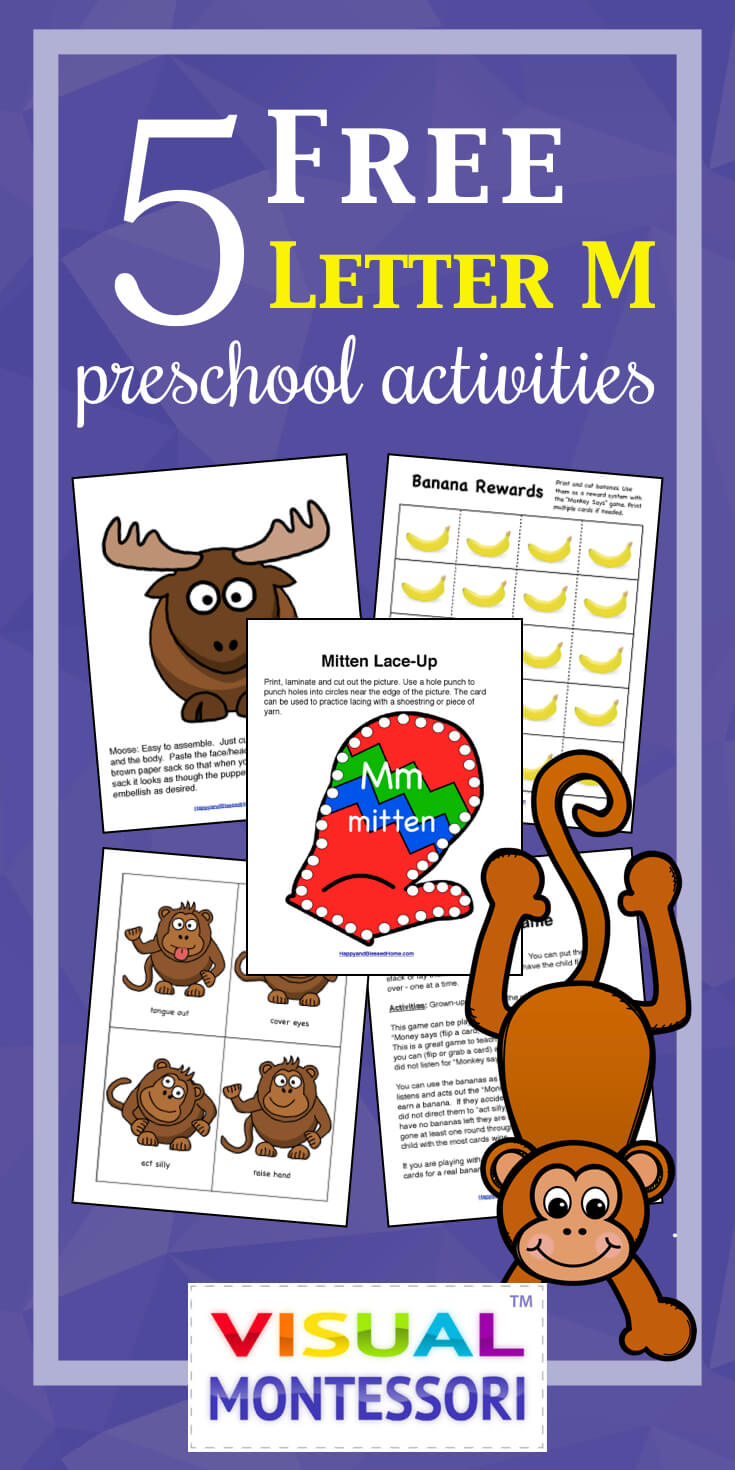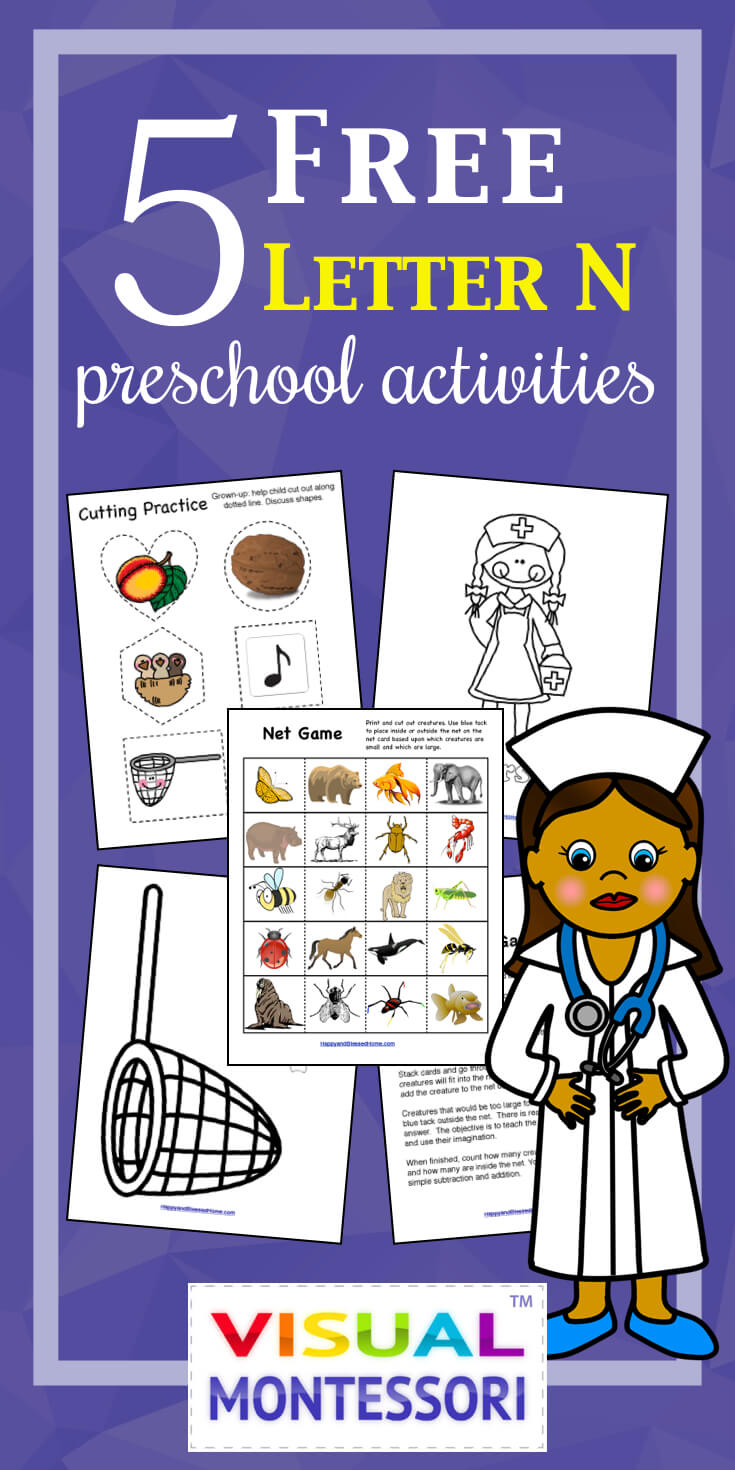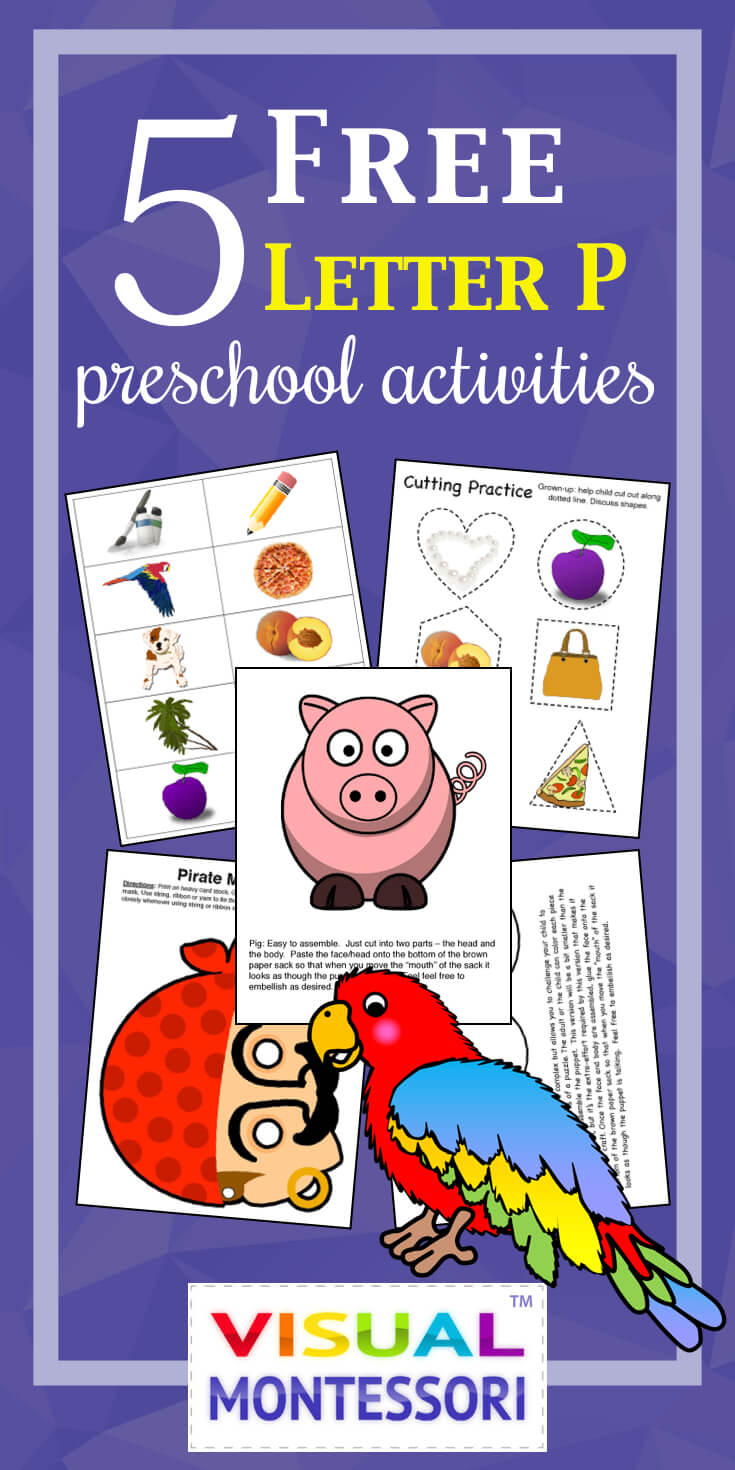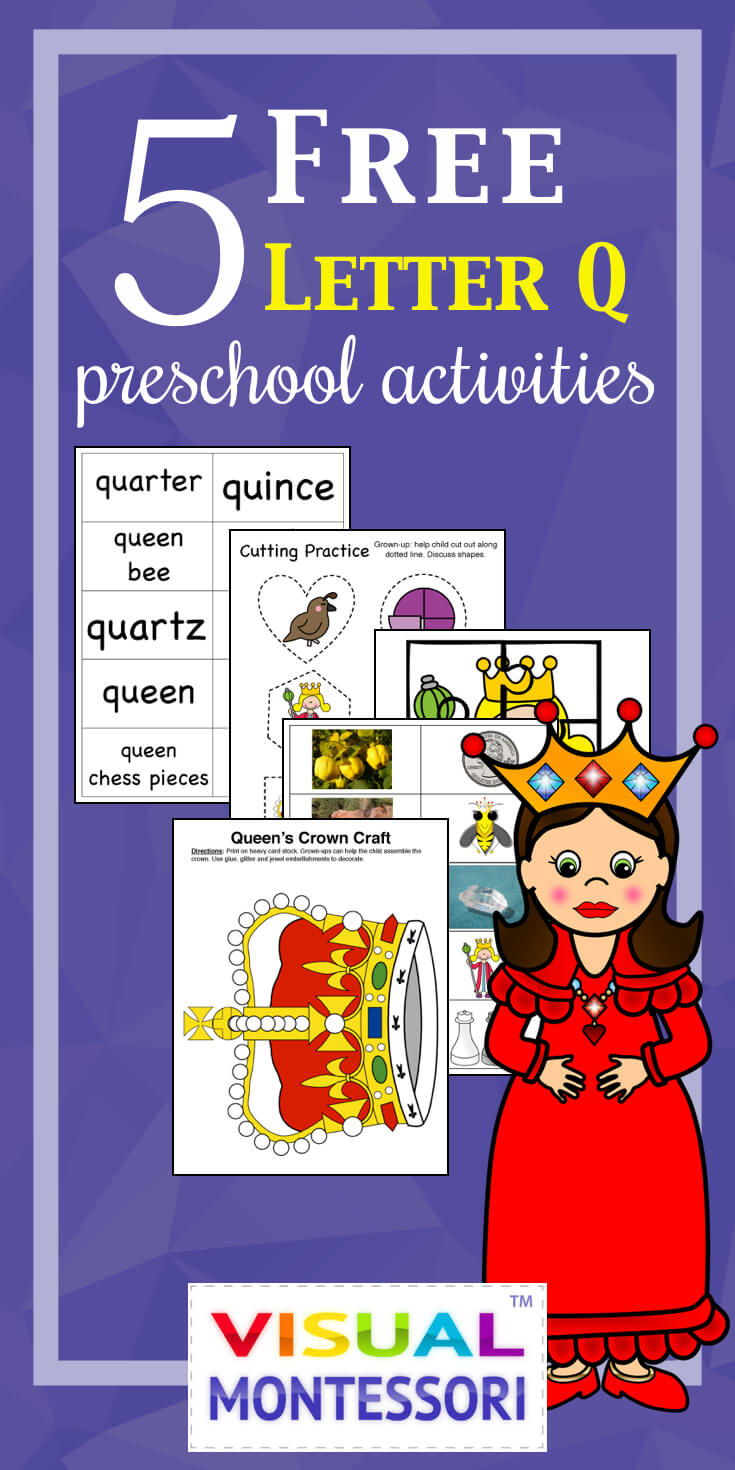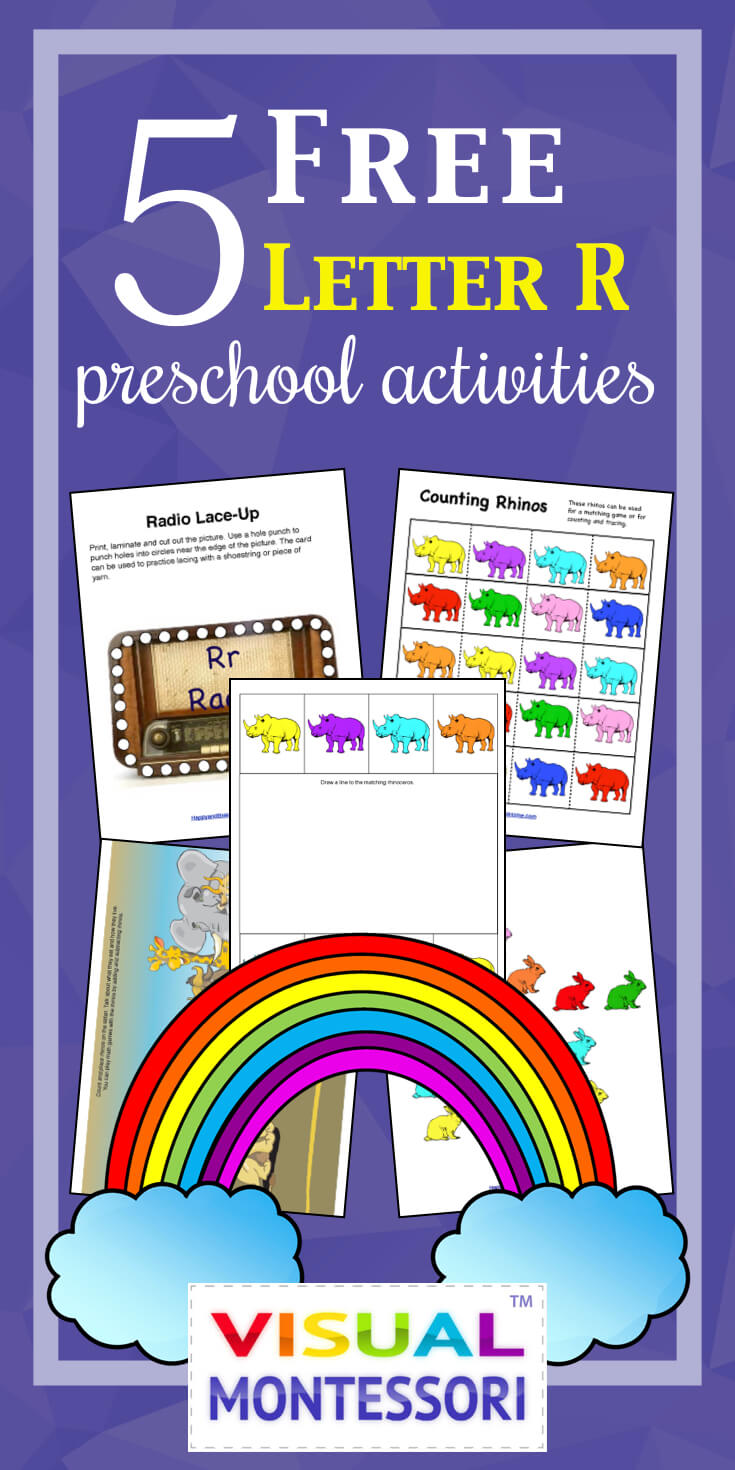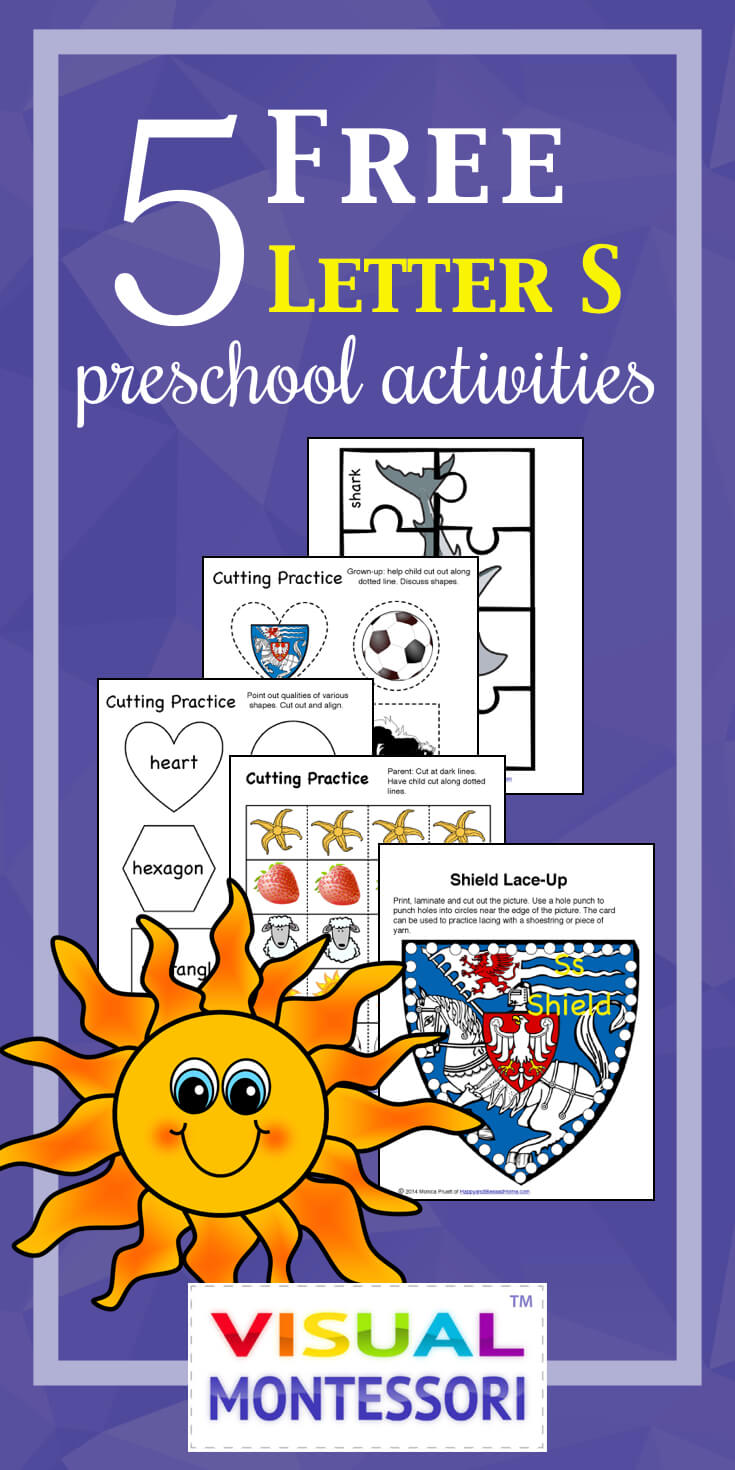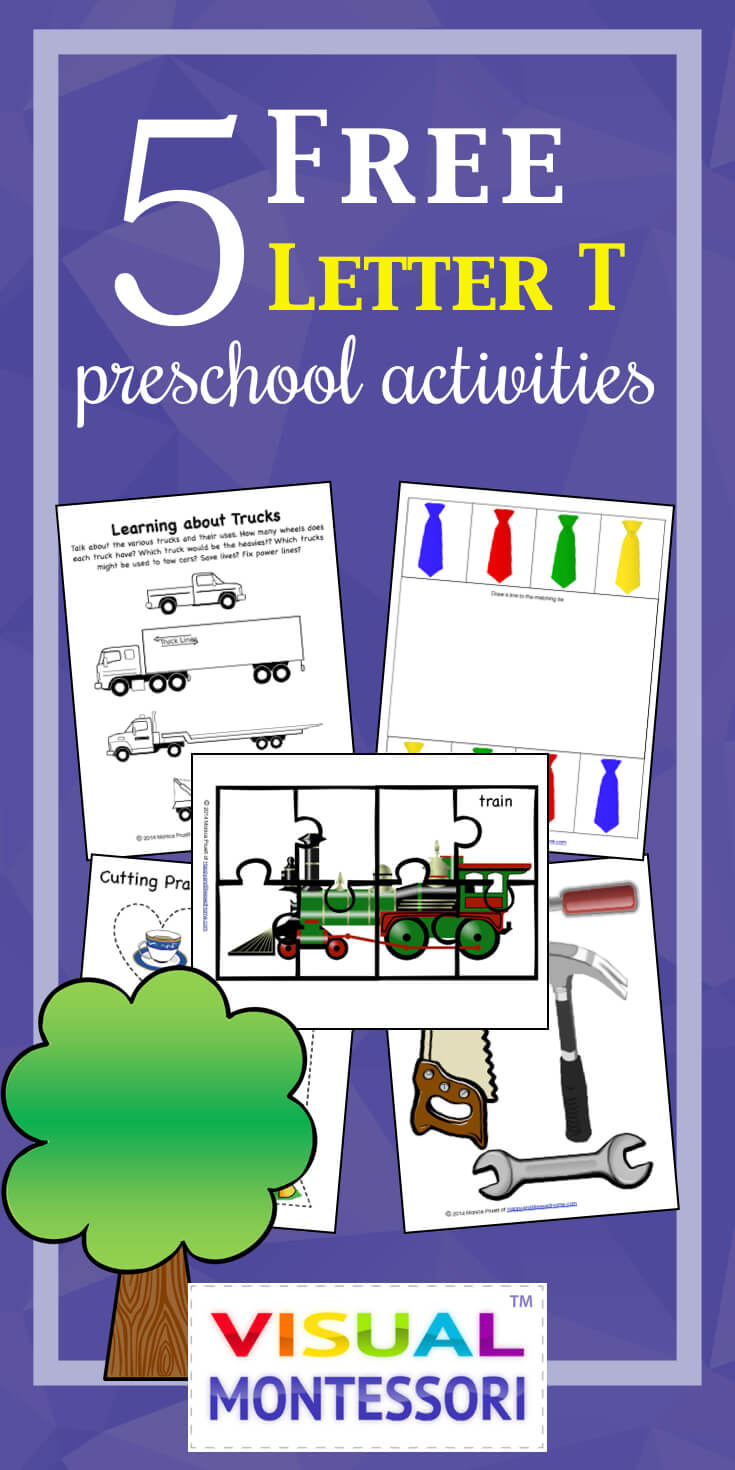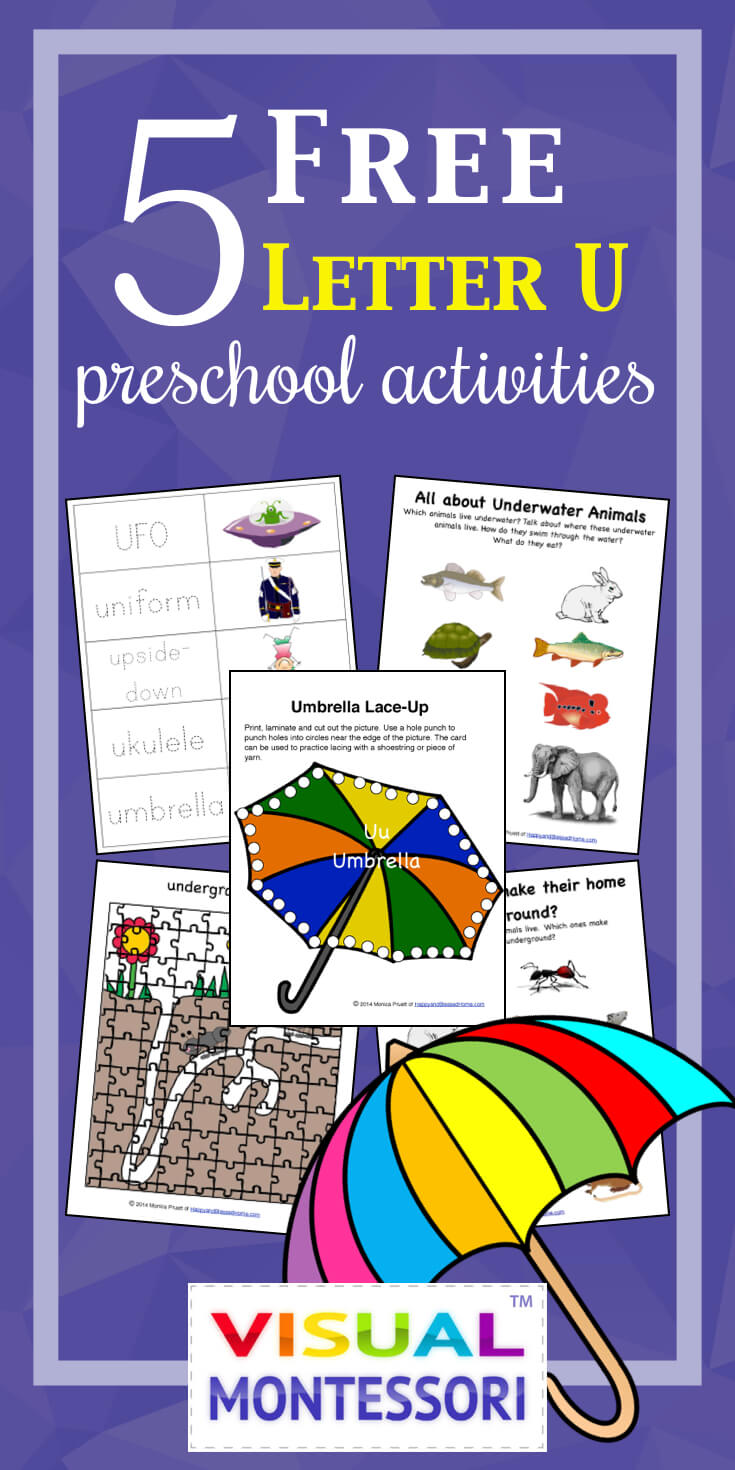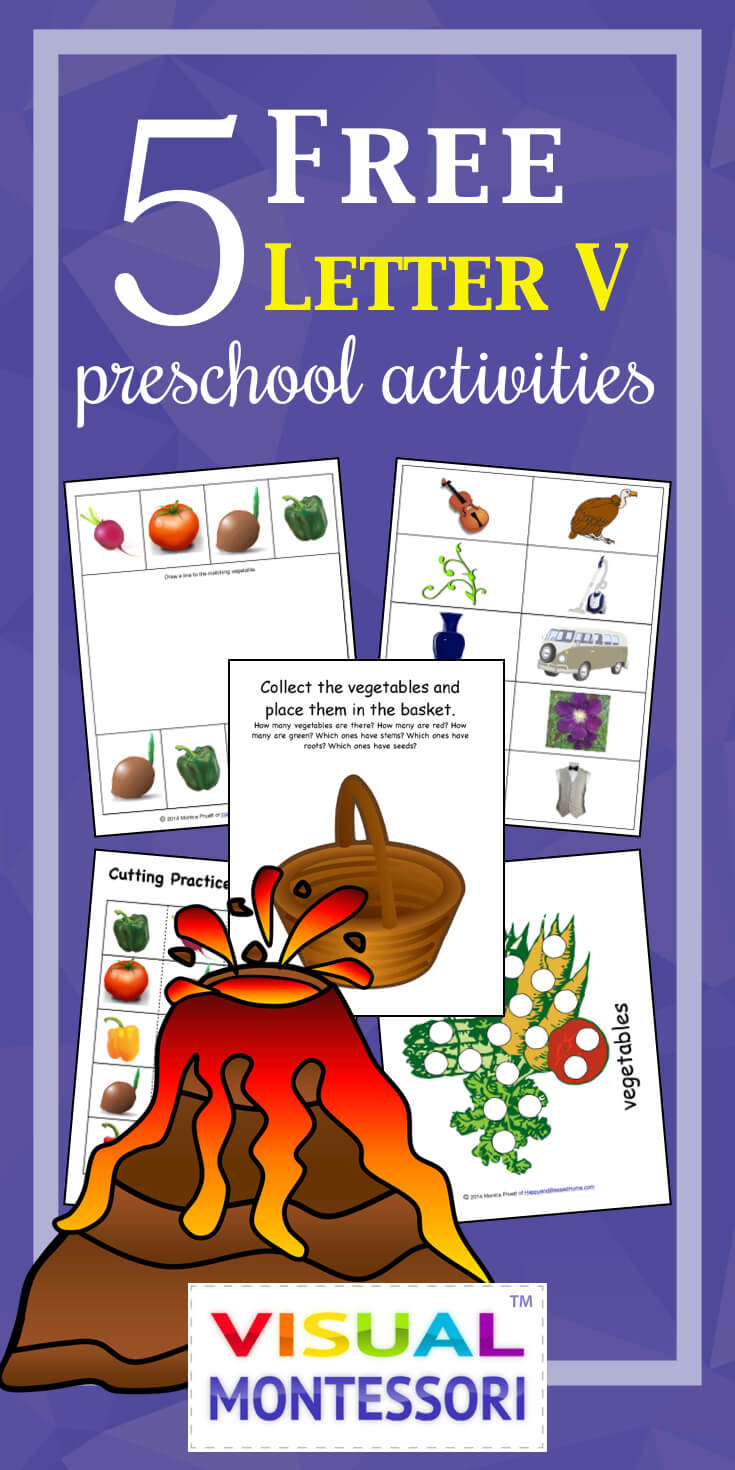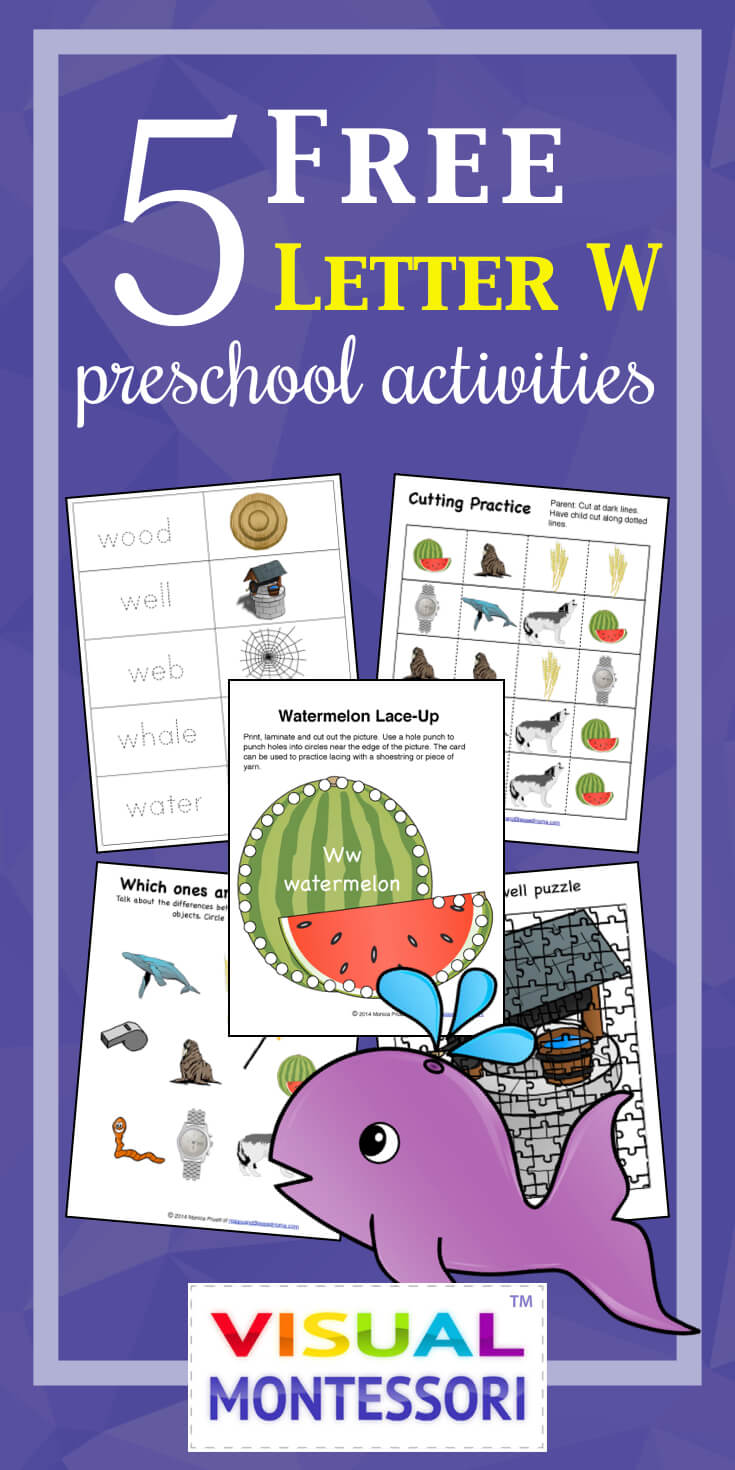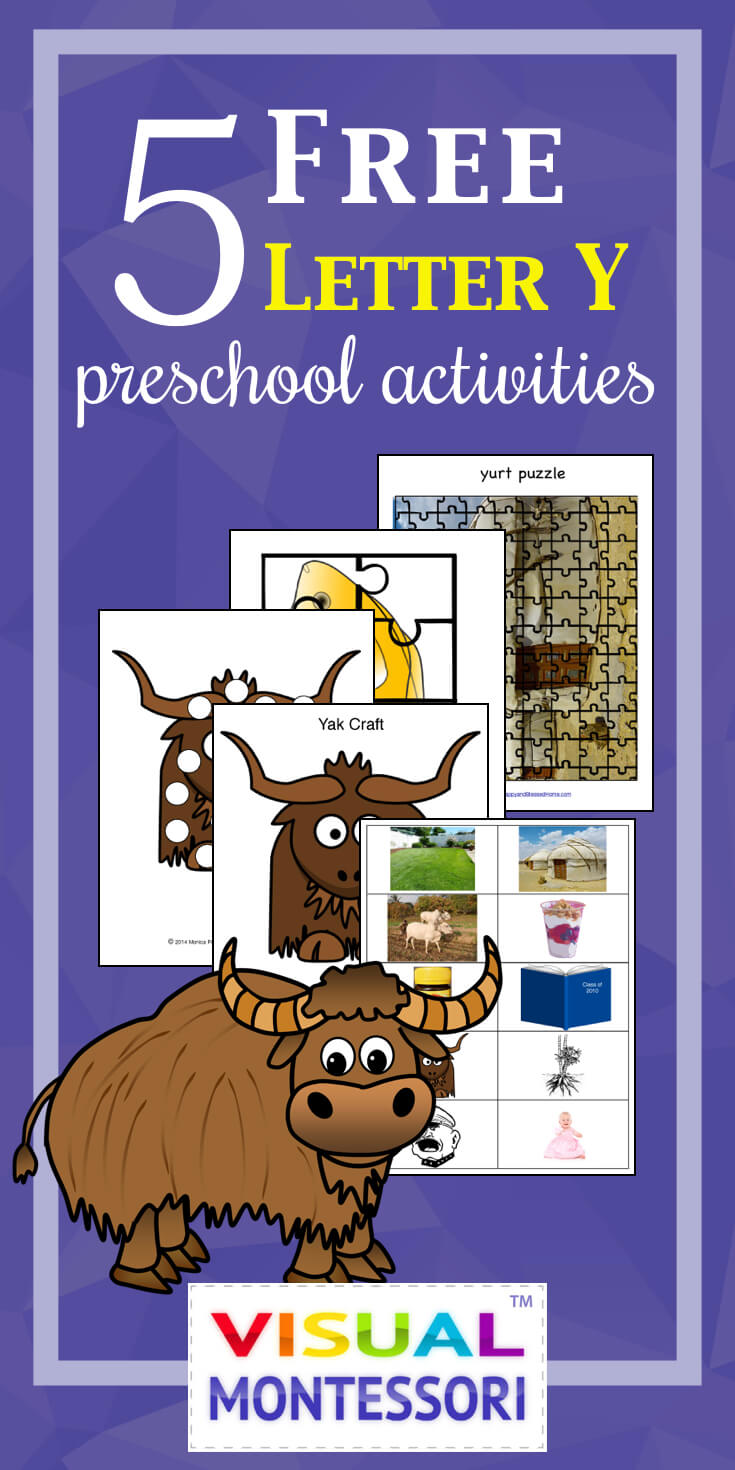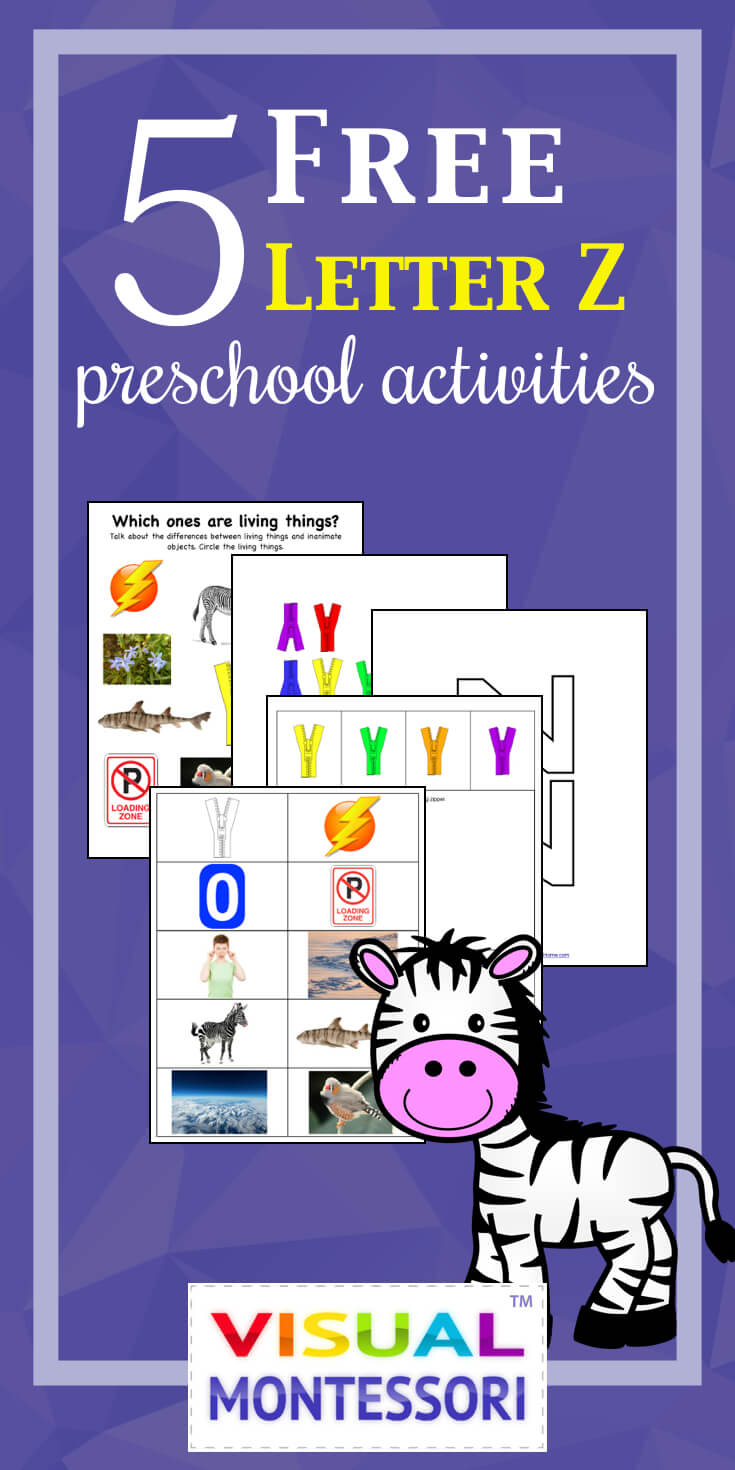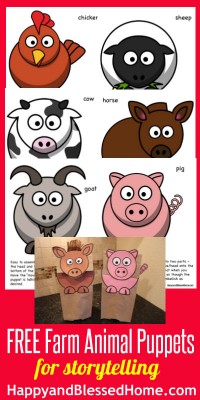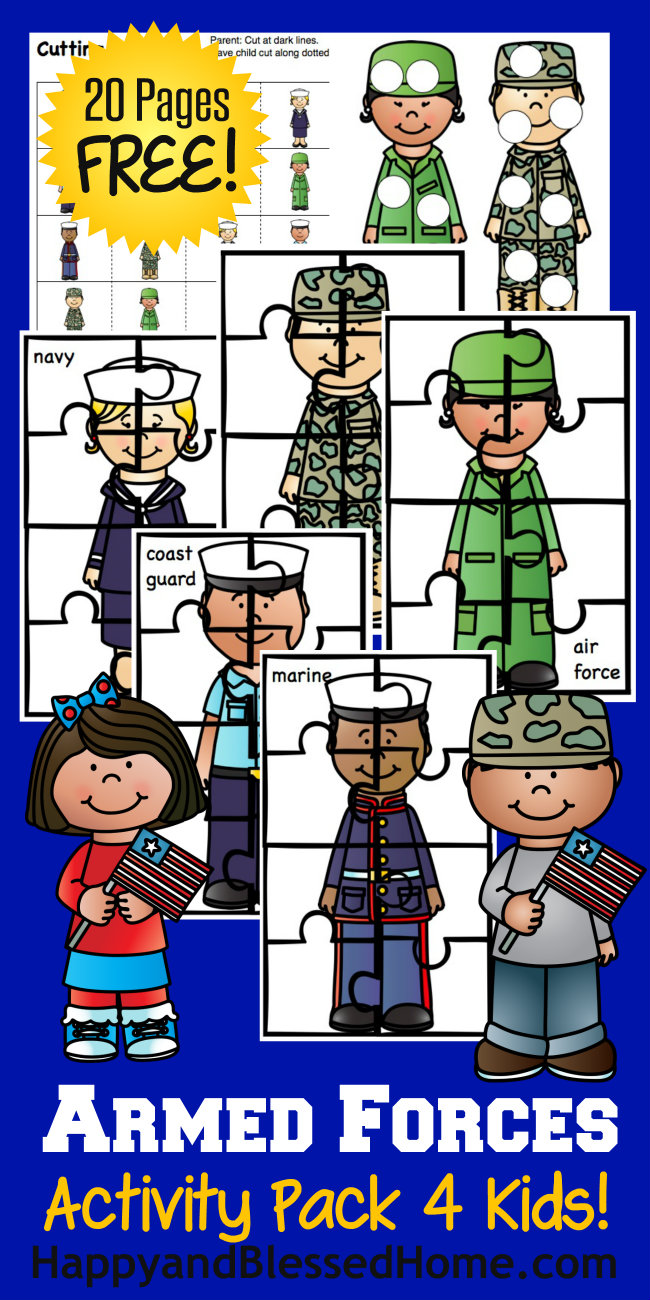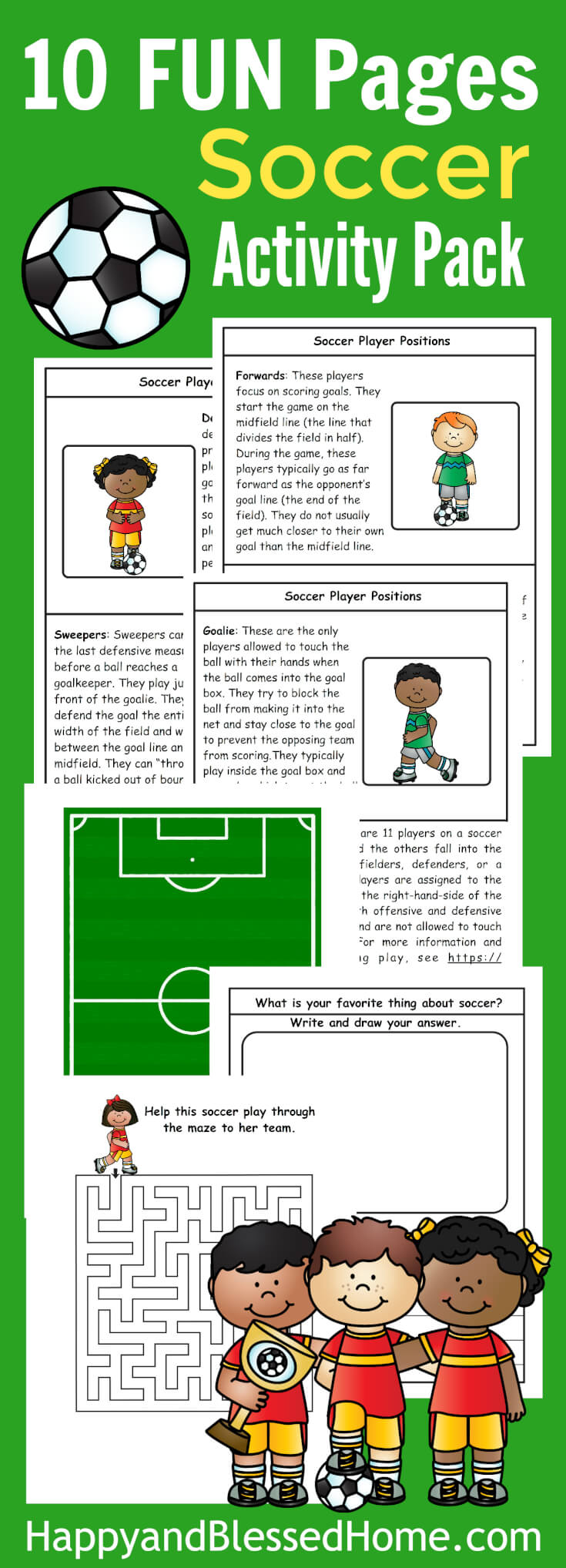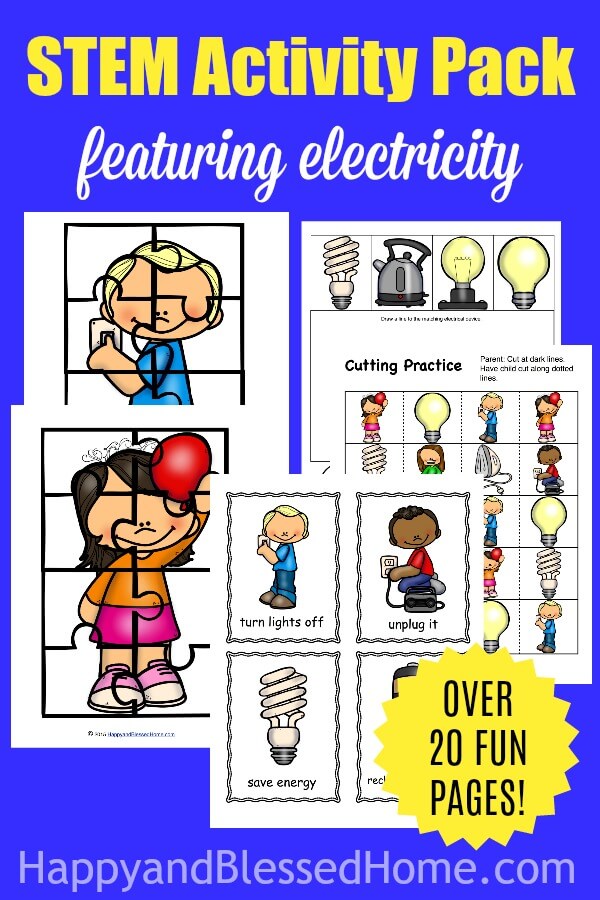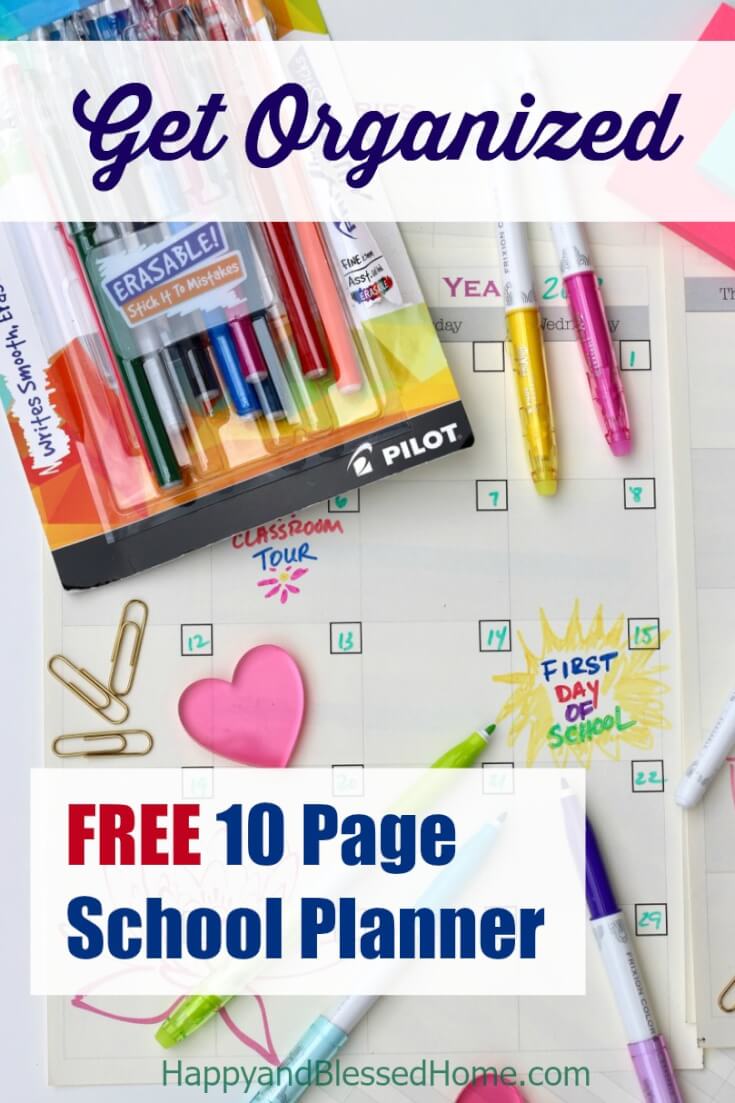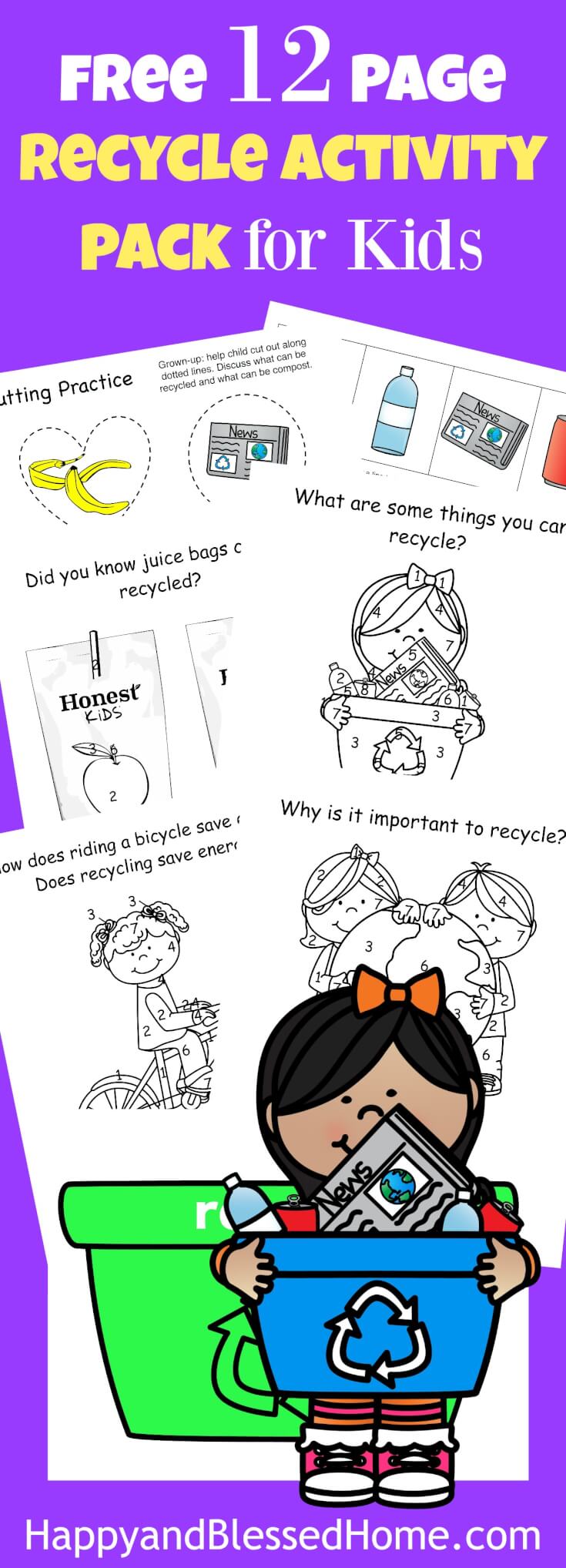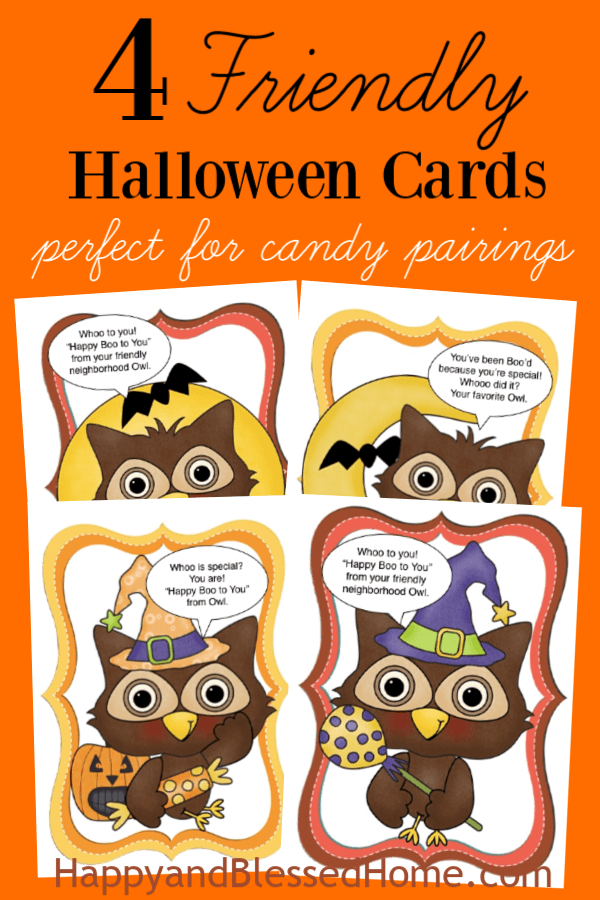Have you ever wondered if your pre school child will be ready for kindergarten? And if so, what are the minimum skills he or she must have in order to at least match the skills of children who have enrolled in enrichment programs or preschool? I have.
Since I’m preschooling my little ones at home, I wanted to find out if I’m on the right track to help my two boys in getting ready for Kindergarten; whether I decide to homeschool them or enroll them in a formal school setting.
To help evaluate my preschooler I’m creating some powerpoint charts which include information on how to assess his preschool skills. You can download these charts FREE and use them for your own assessments. I think this is great information for all parents, because you can use it to help evaluate if your child is getting the education they need either at home or via a preschool.
I’m reading Skills for Preschool Teachers by Janice J. Beaty and its filled with information that includes everything from how to set up your preschool classroom to books and other resources for preschooler enrichment.
I find the preschooler assessment charts very helpful and I’ll be blogging about them over the next few weeks. I’m going to start out with small/fine motor skills and large/gross motor skills first because they are easy to observe. Now these assessment charts include the things a parent would like their preschooler to know how to do by the age of about four and a half.
Examples of Fine Motor Skills:
Per Wikipedia.org
Fine motor skill is the coordination of small muscle movements which occur in body parts such as the fingers, usually in coordination with the eyes. In relation to motor skills of hands and fingers, the term dexterity is commonly used. When applied to the theory of human aptitude, this is called “manual dexterity”.
Gross motor skills are the abilities usually acquired during infancy and early childhood as part of a child’s motor development. By the time they reach two years of age, almost all children are able to stand up, walk and run, walk up stairs, etc. These skills are built upon, improved and better controlled throughout early childhood, and continue in refinement throughout most of the individual’s years of development into adulthood. These gross movements come from large muscle groups and whole body movement.
Examples of Gross Motor Skills:
My eldest is only three so I’ve got plenty of time to work with him on developing the skills he doesn’t have. Also, keep in mind that all children develop differently, so if your child doesn’t have these skills yet and is older than four and a half, you may just want to set aside a little time to coach and teach them.
Since I blog and I’m very active in the blogging community I visit a bunch of blogs that feature crafts, sensory bins, and educational activities for children under age 5. I love all the wonderful ideas but I can’t do everything I see online and I want to be intentional about the activities I do spend time doing.
I think these assessment charts will help me focus our activities so I can spend time strengthening my son’s skills in the areas where he has weaknesses and not over-do in the areas where his skills are already strong. Just click the image below and you can print this chart from your home computer.
One area where I see the need for improvement is “runs, gallops, skips without falling.” My three year old was born at thirty weeks and as a preemie has a tendency to be “high tone.” From The Essential Guide for Parents of Preemies, “another abnormality often seen in preemies is high muscle tone in their legs, causing them to keep their knees stiff, toes pointed, and hips rigid.” So my son walks and runs a bit on his tip toes and doesn’t use his heels as much as other children I’ve seen.
Skills for Preschool Teachers suggests playing games where we practice walking on our heels and try to gallop or skip. My son loves physical activity so playing this sort of game will be fun for him.
This also meets the criteria of “movement” from the Montessori Preschool Planning post I wrote previously.
These assessment charts are helpful for me as a mom because I tend to be so cautious about my children that I forget that they need basic skills like cutting with scissors or a knife. I’ll probably hold off on anything sharp until my eldest is at least four, but the chart is a reminder that at some point I’m going to need to take the time to teach him how to cut things safely.
This are just some examples of ways that these assessment charts could be used.
Hopefully this will be helpful to anyone reading this blog. You can now cross-reference the developmental areas of Montessori with where your preschooler is at developmentally with these assessment charts.
Some other categories for assessment include:
- Small and Large Motor Skills
- Creative Movement and Curiosity
- Cognitive Concepts
- Listening and Speaking Skills for Teachers
- Reading Behaviors
- Writing Behaviors
- Self-Concept
- Self-Help Skills
- Social Skills
I’ll be blogging about some of the other skills as we progress.
If you found this post helpful I’d love to hear from you in the comments. You can also help my blog grow by liking my Facebook page at: HappyandBlessedHome.
Thanks for stopping by Happy and Blessed Home.
In His Grip,
I link to over 100 parties a week. Additional links can be found at my Link Party Page.
To leave a comment on any post, click the headline of the post and it will take you to a page where you can leave a comment at the bottom of the post.
If you would like to have Happy and Blessed Home delivered to your inbox, simply click here: Subscribe to Happy and Blessed Home by Email
